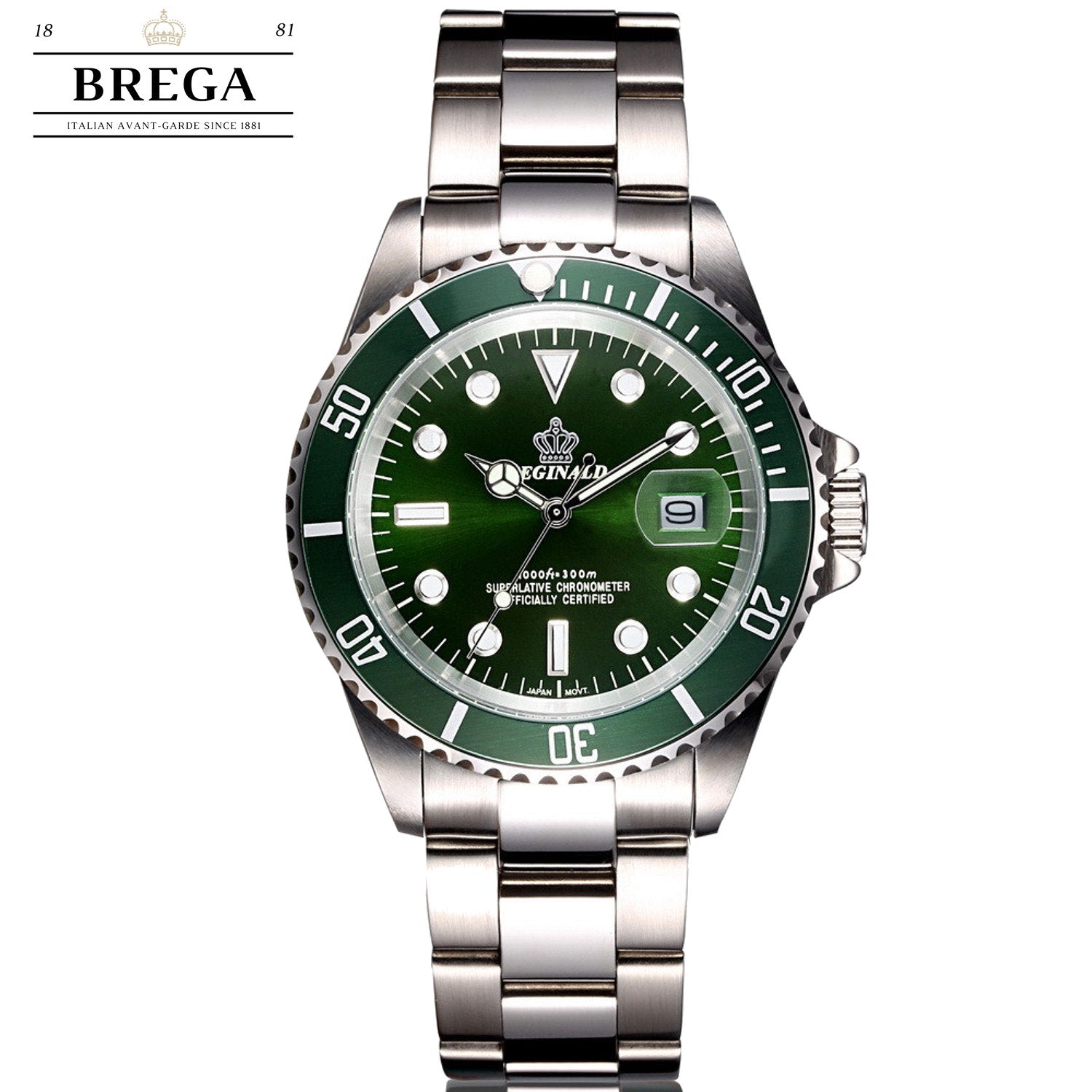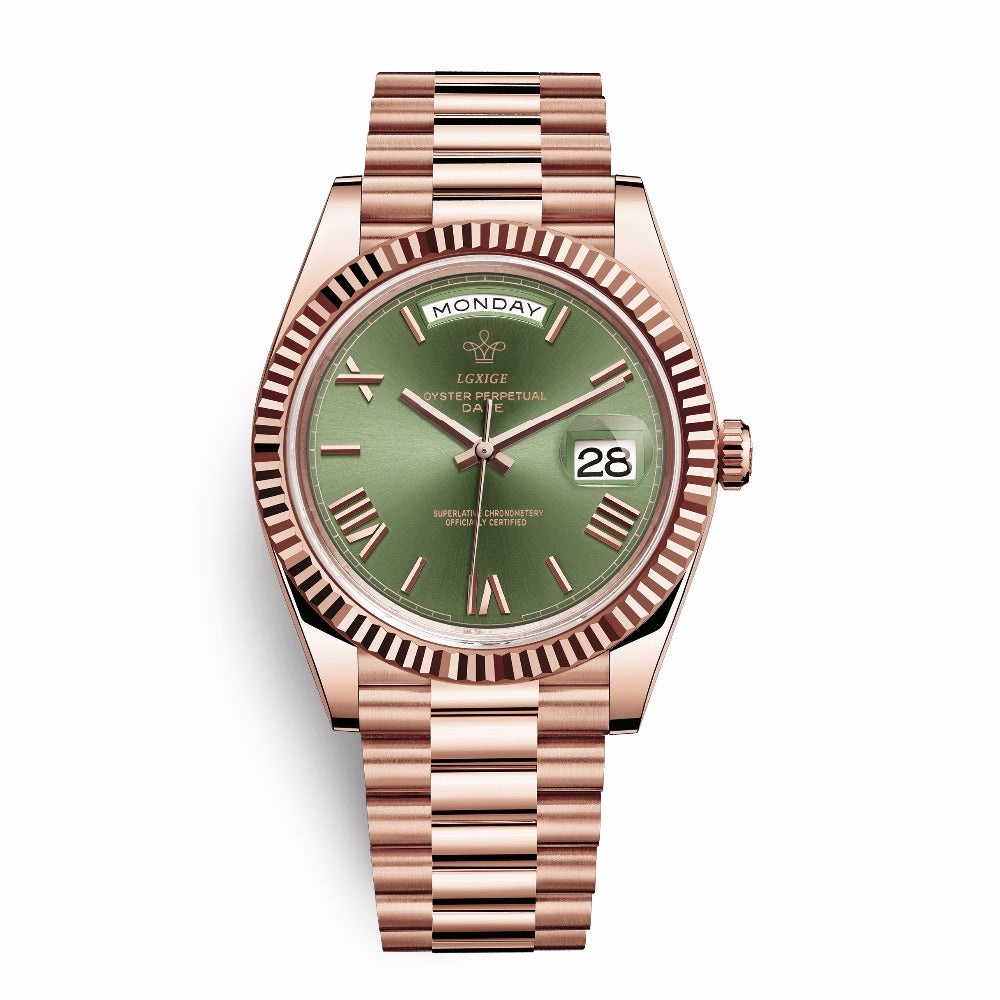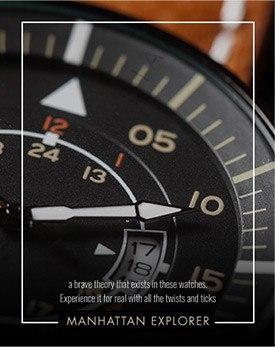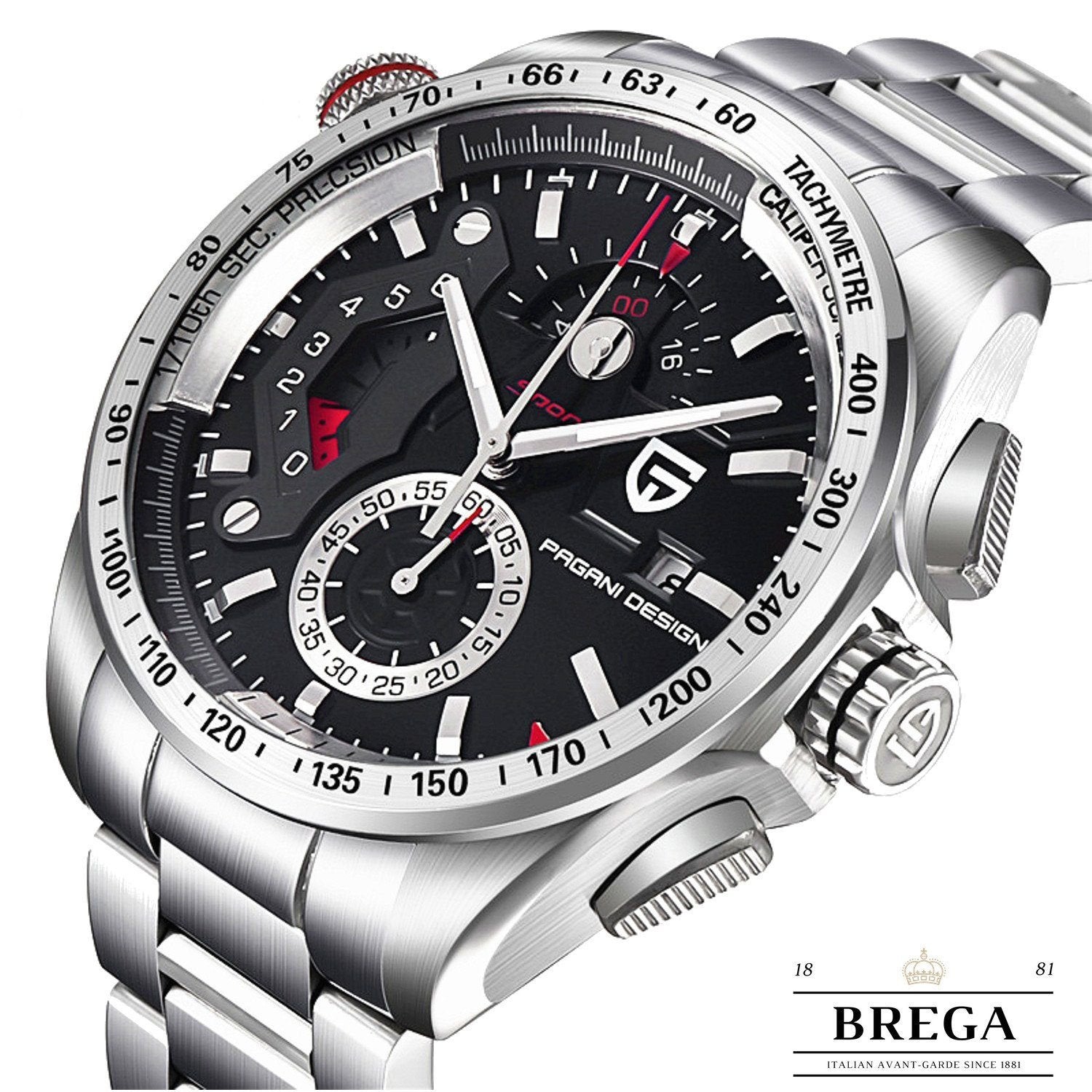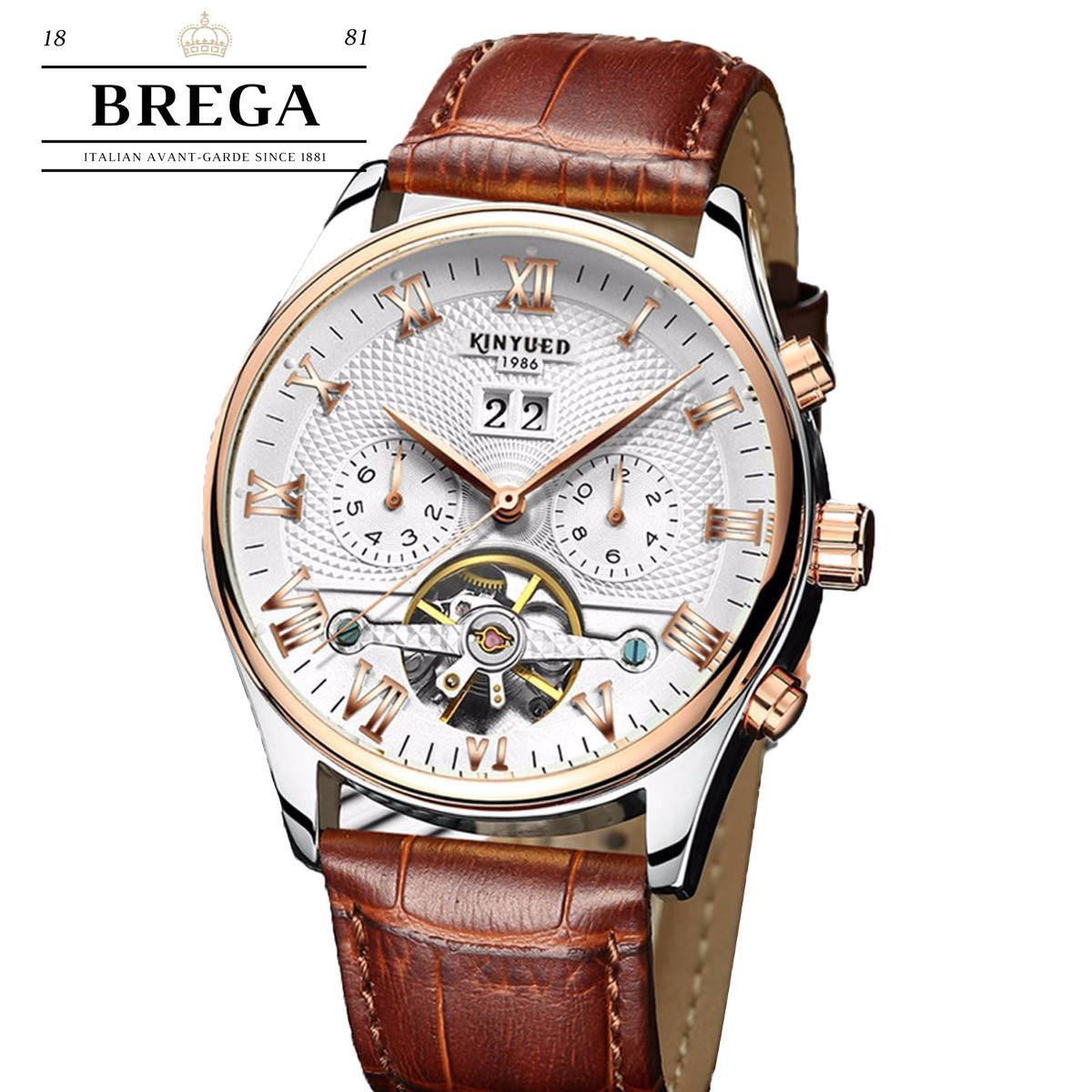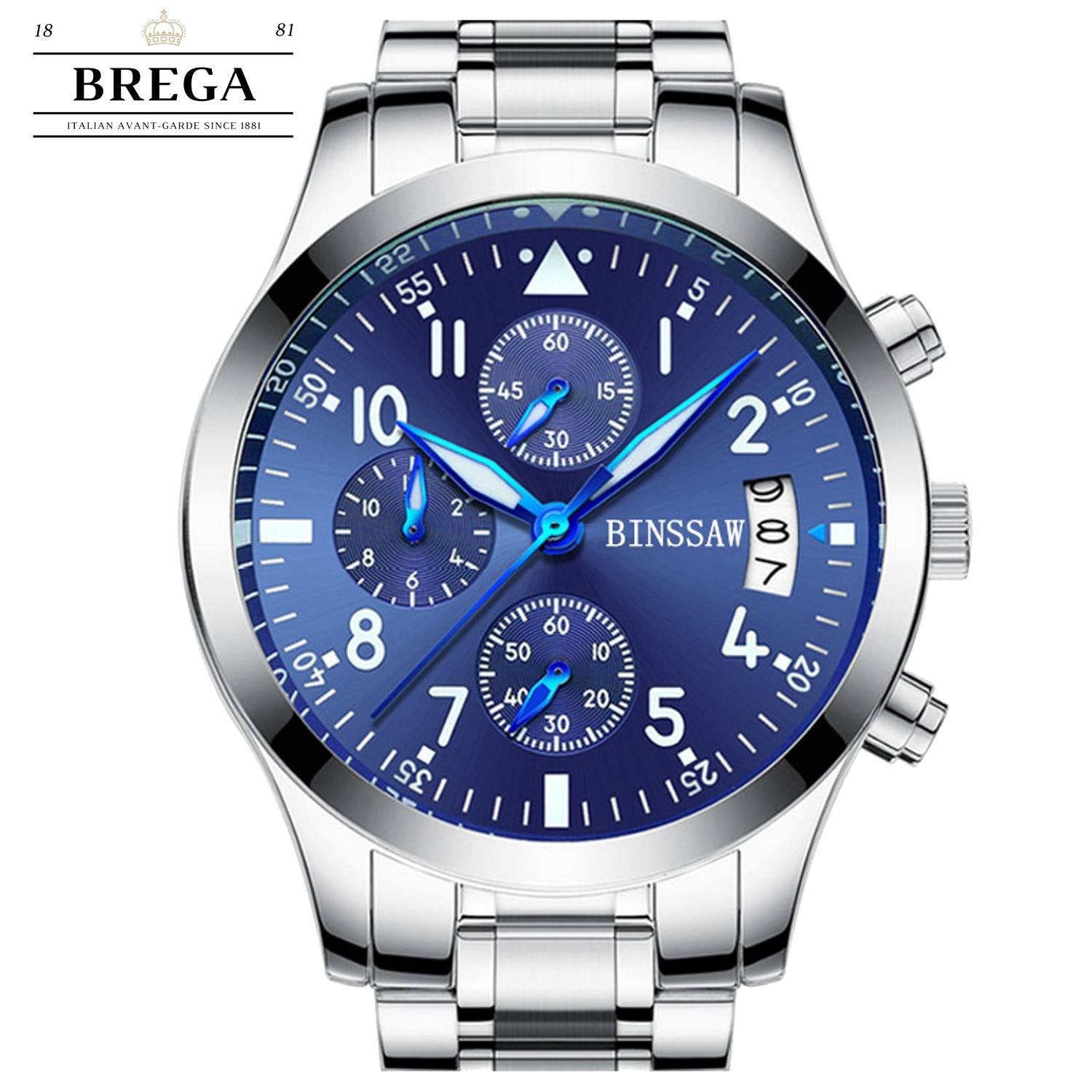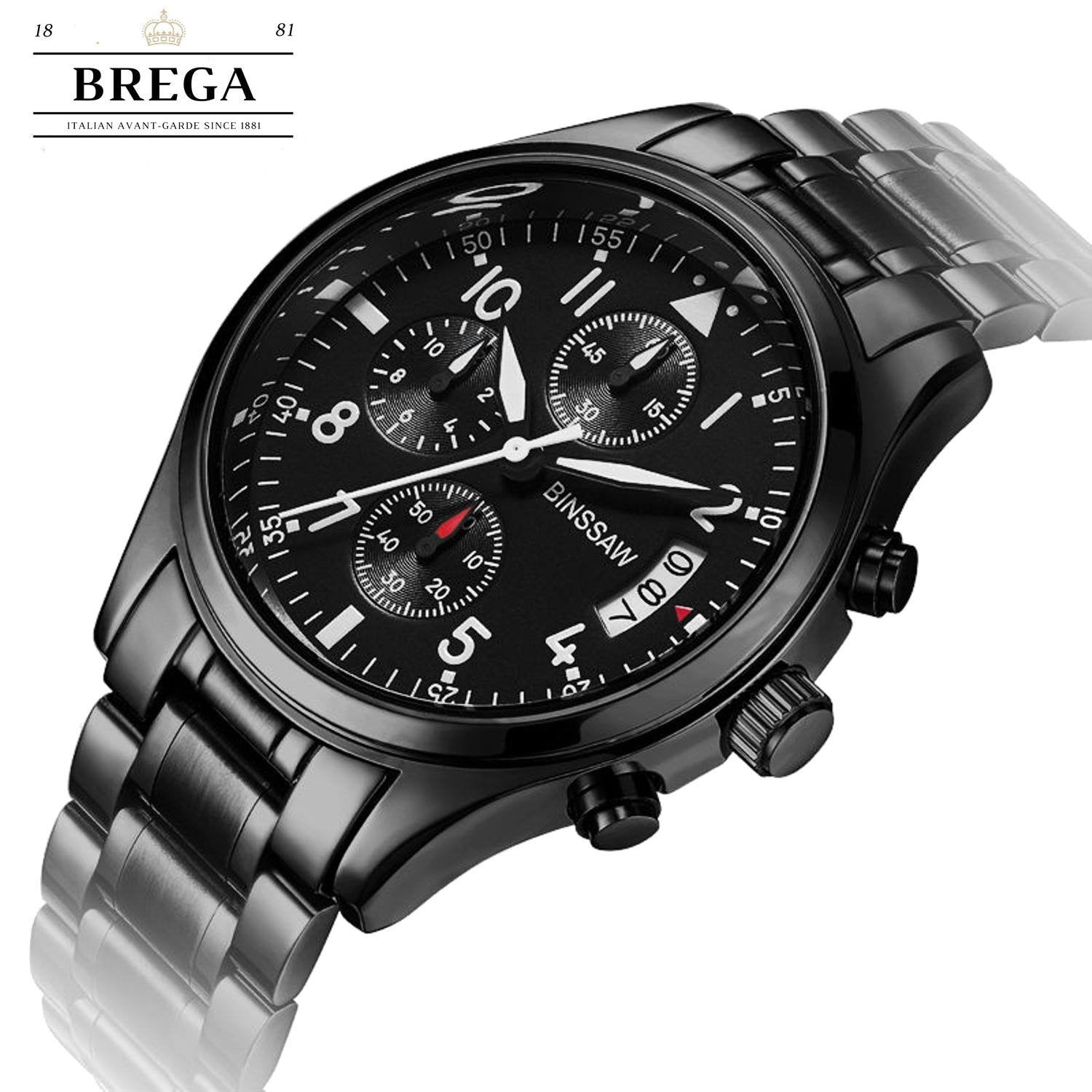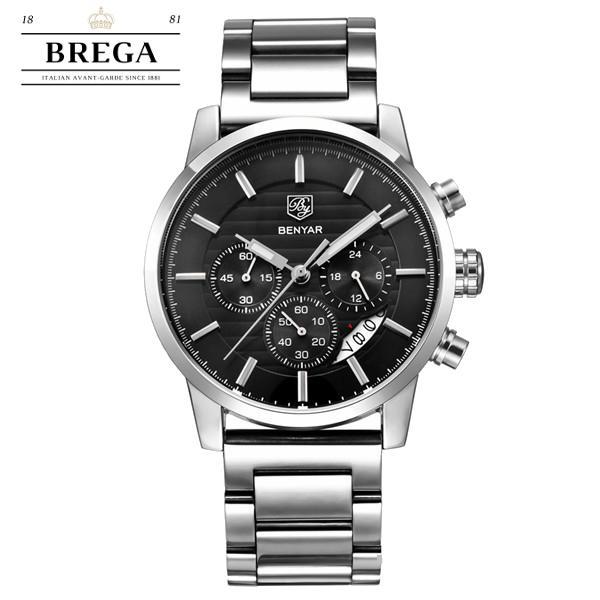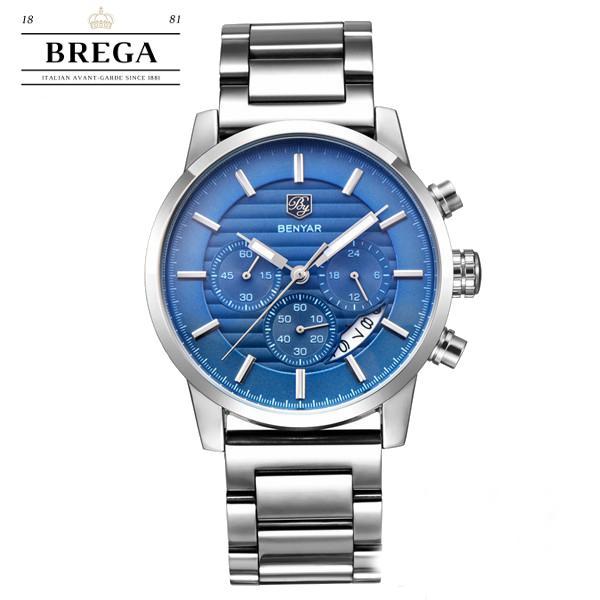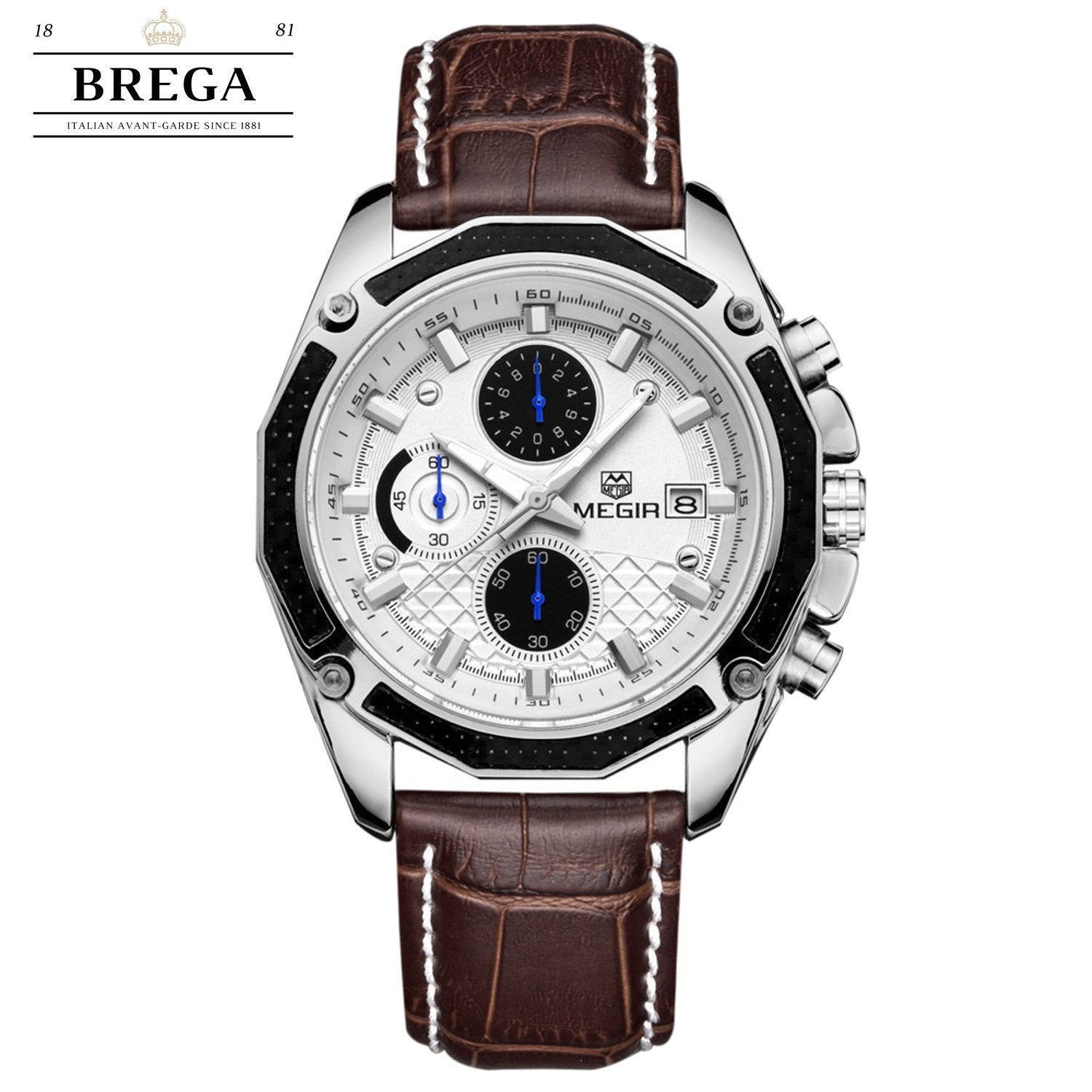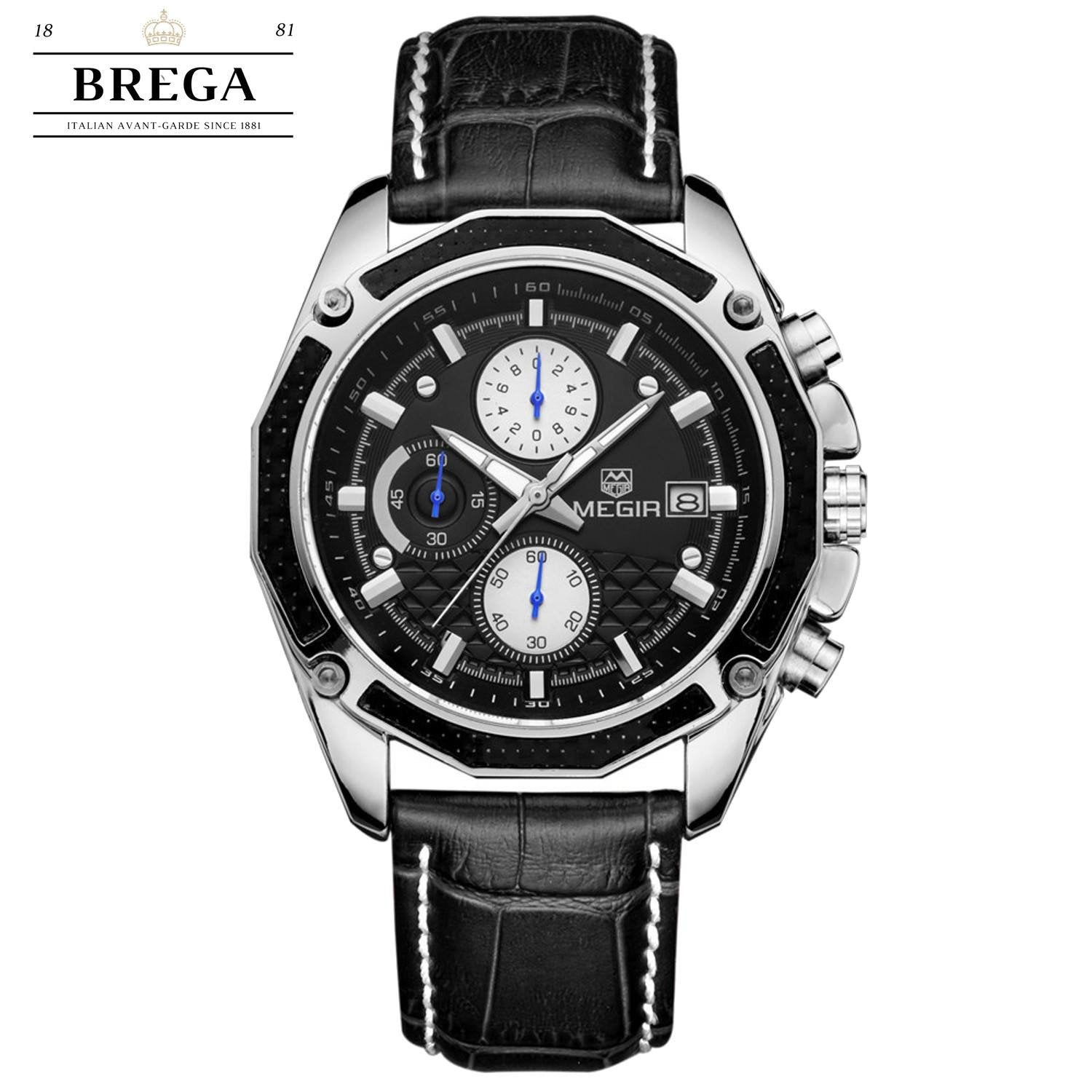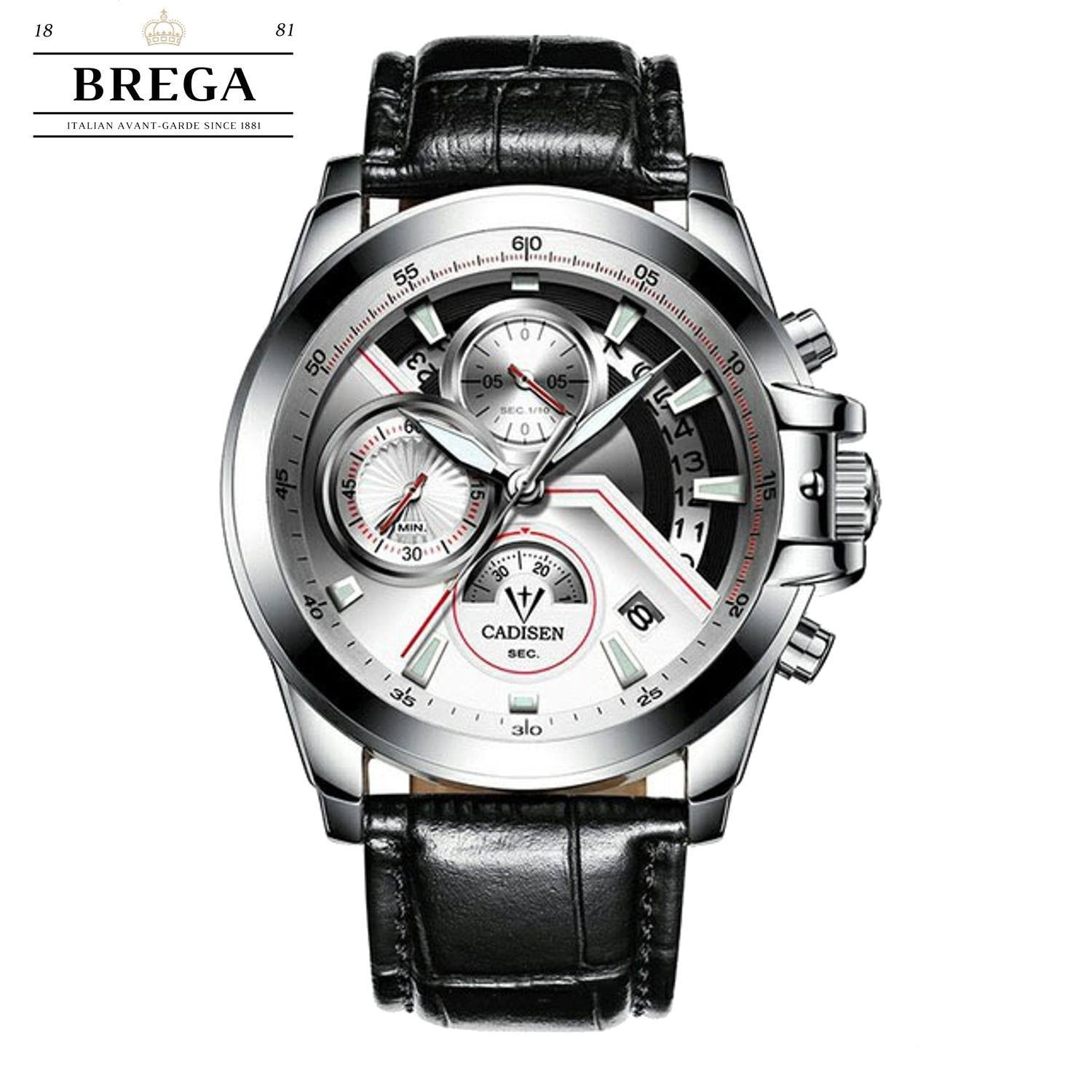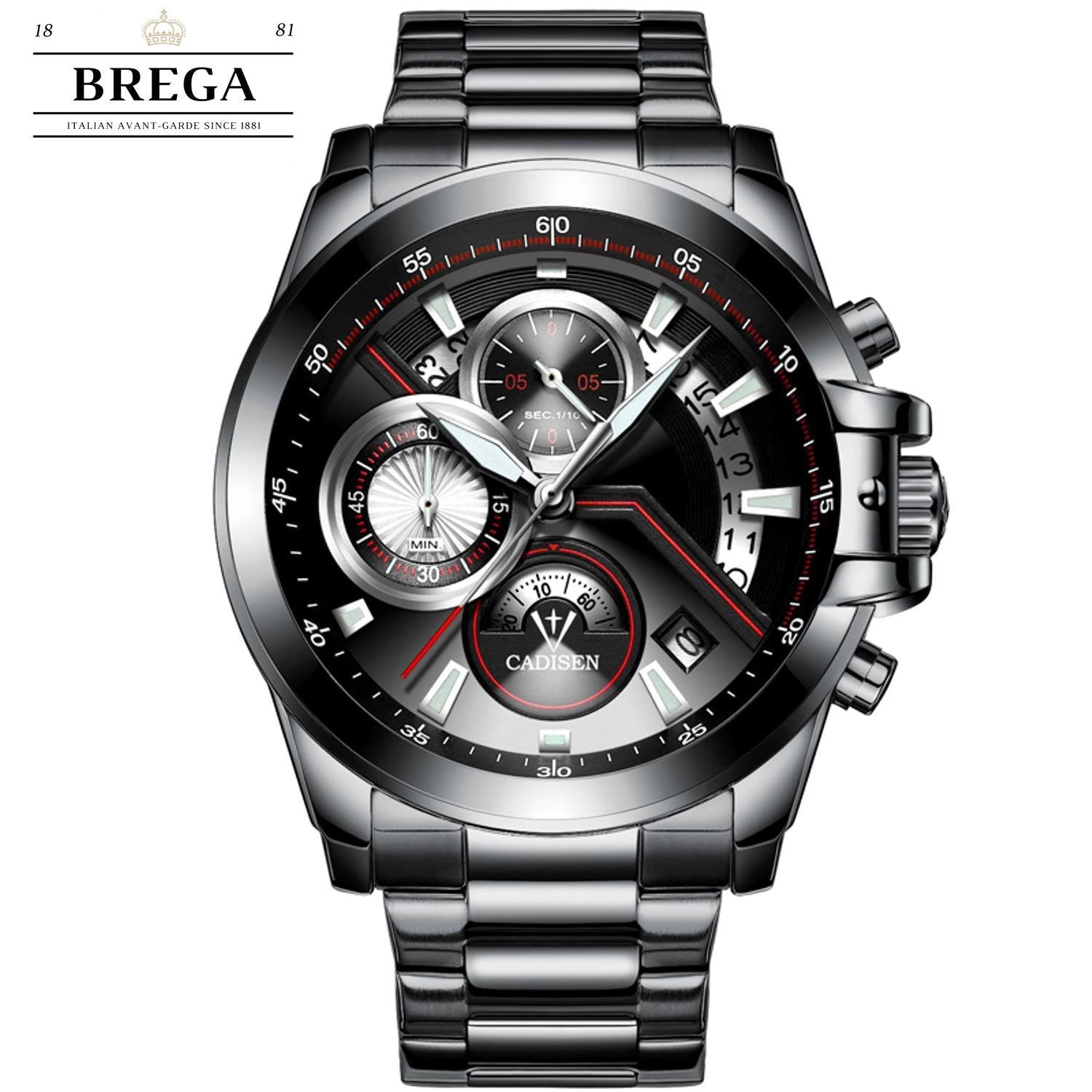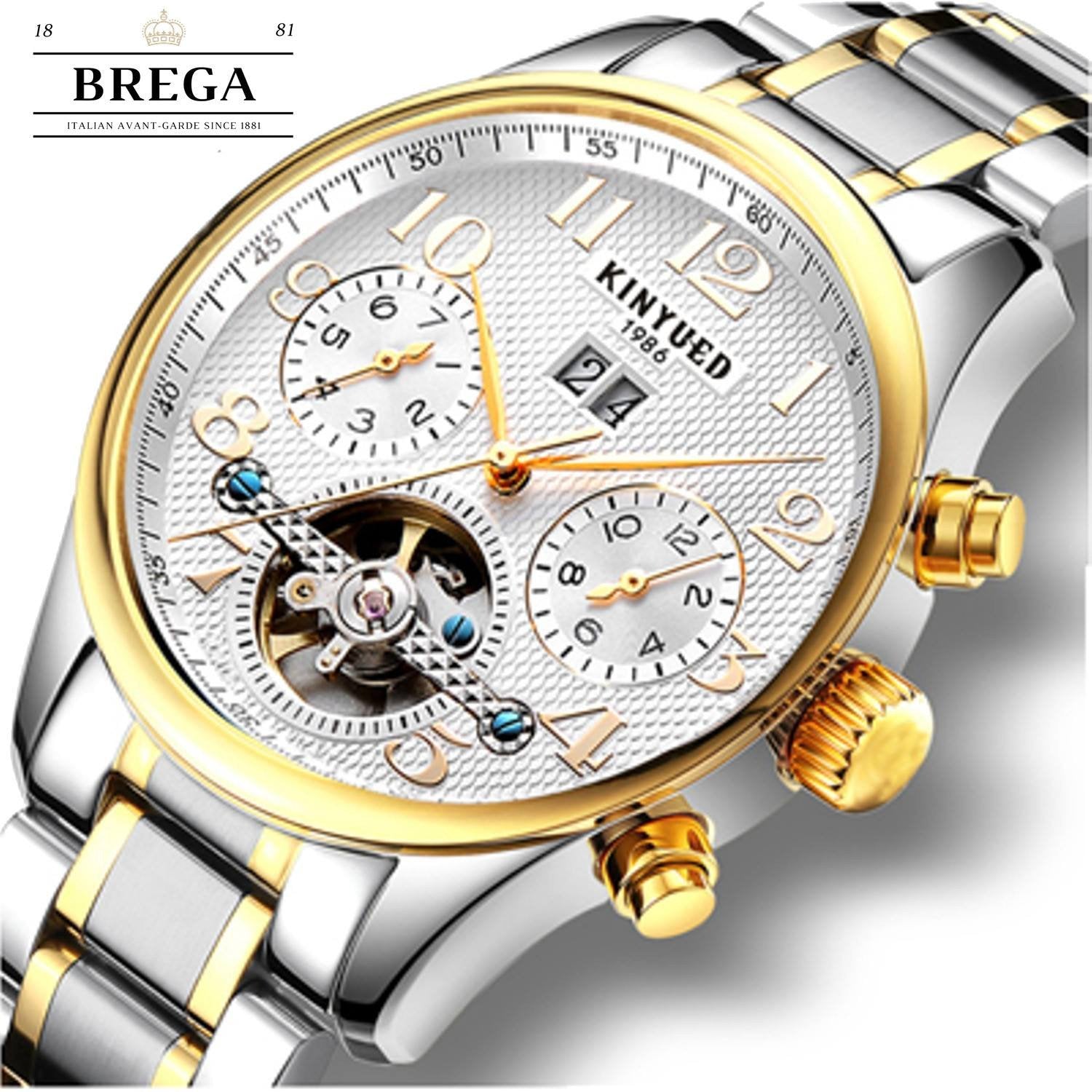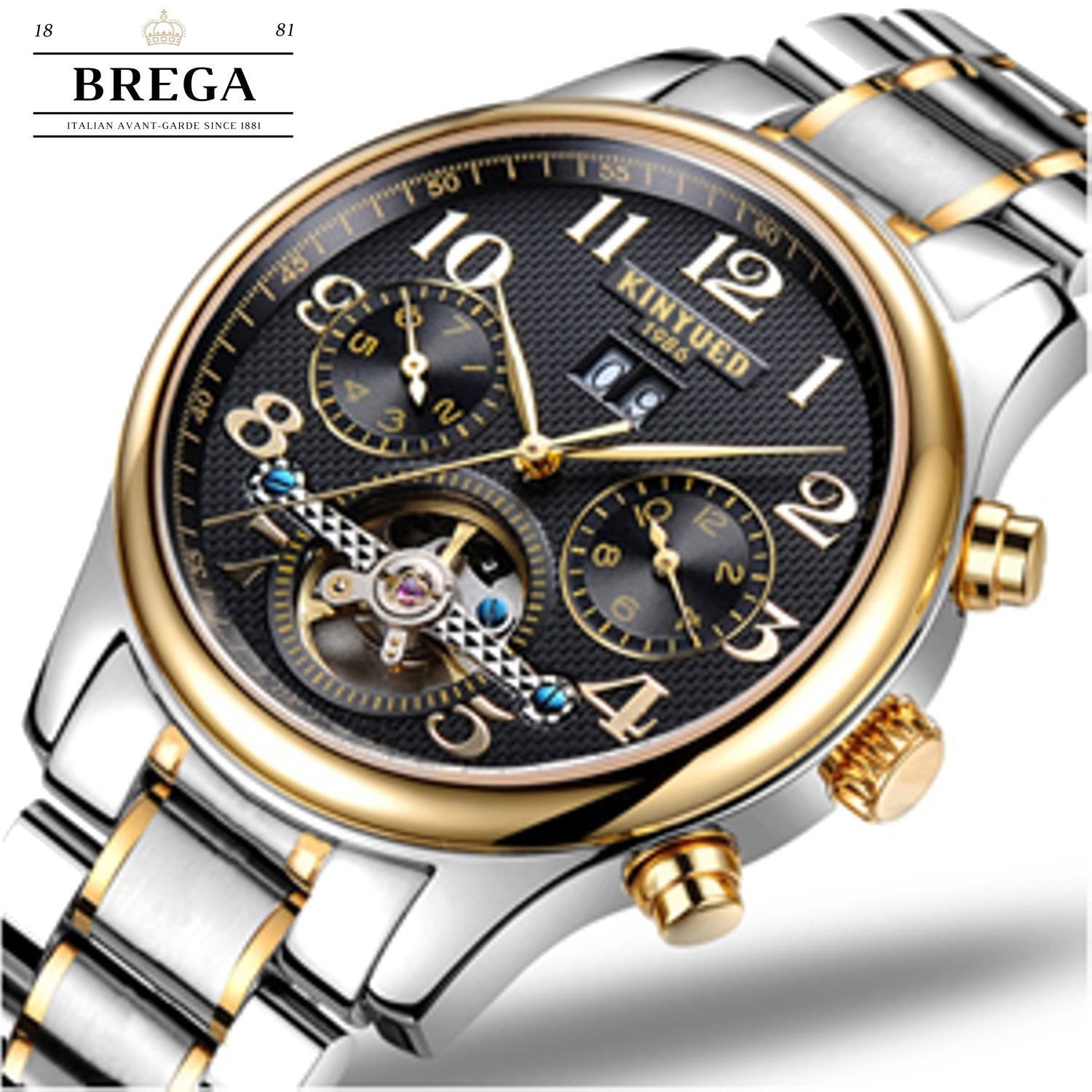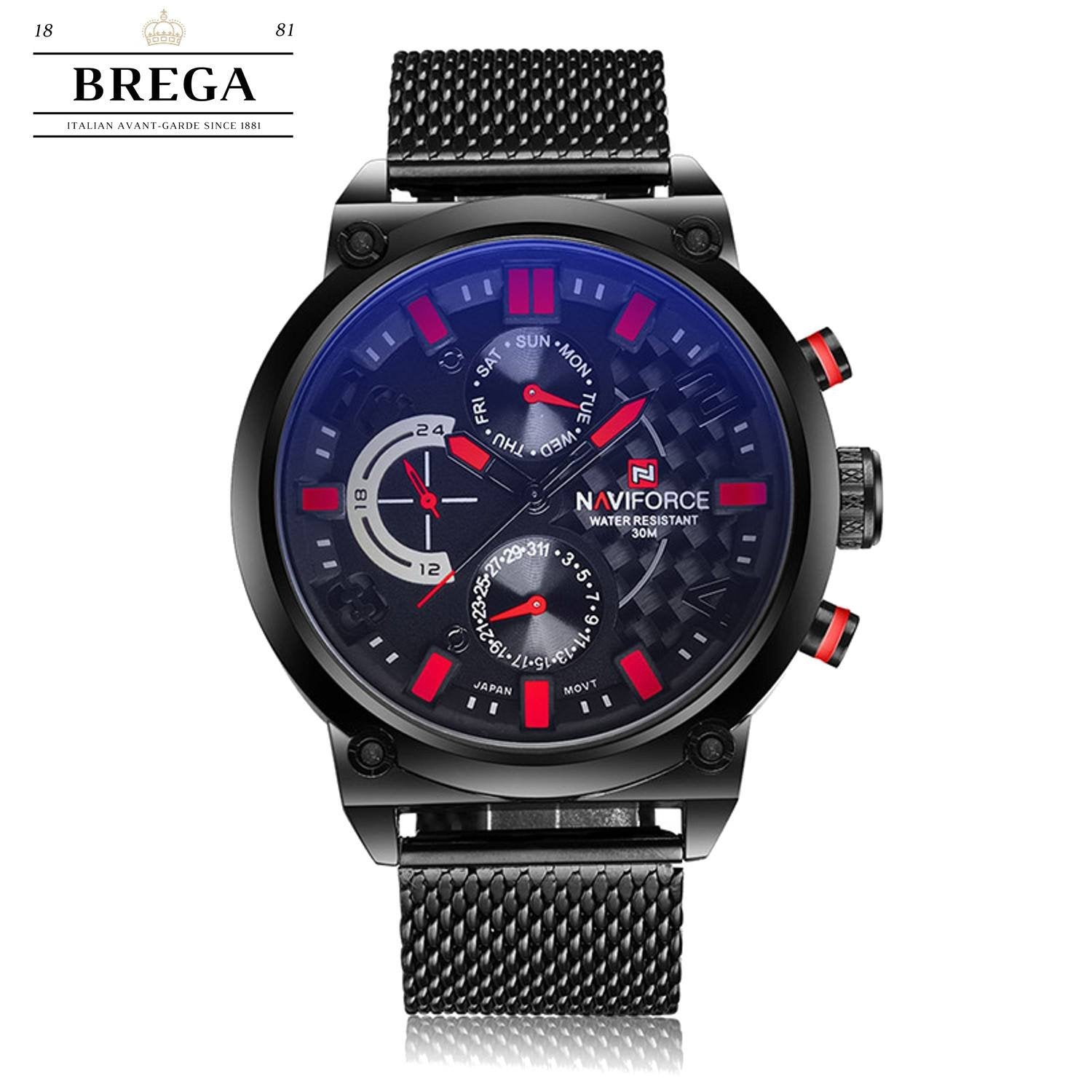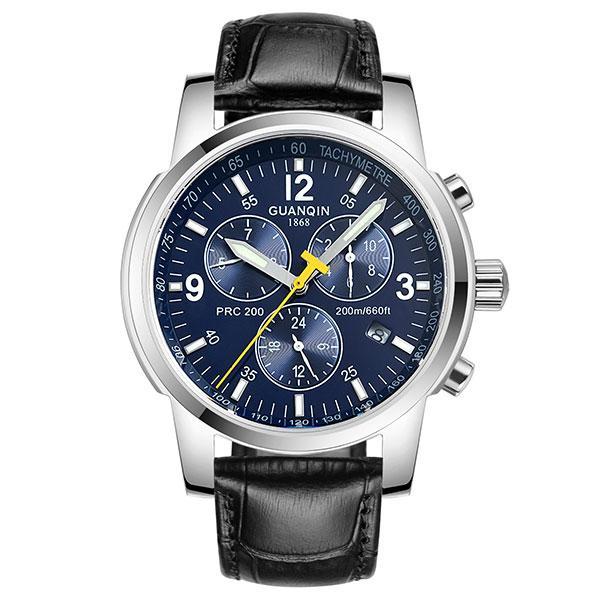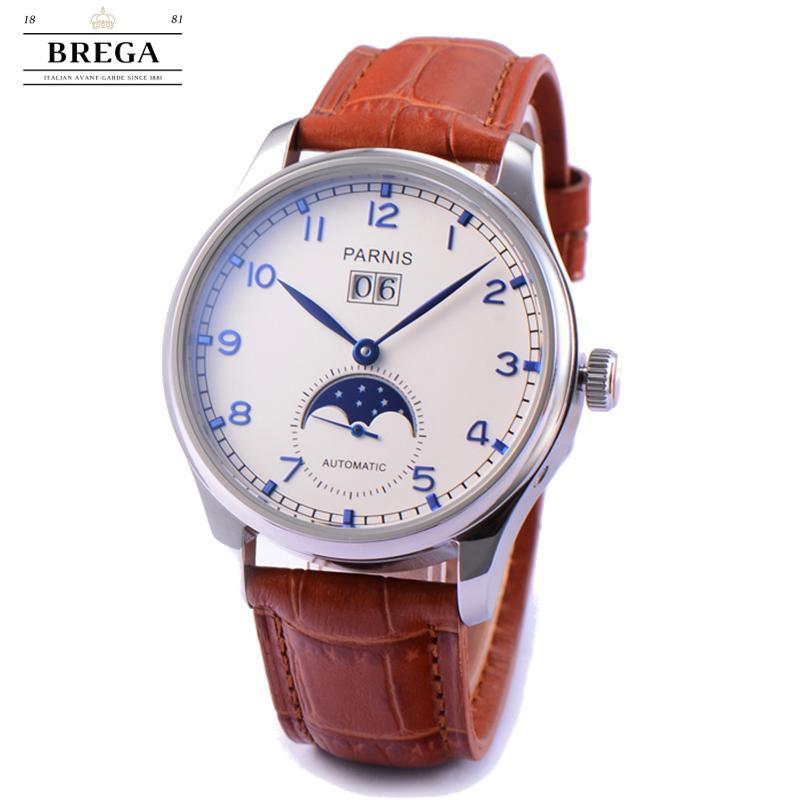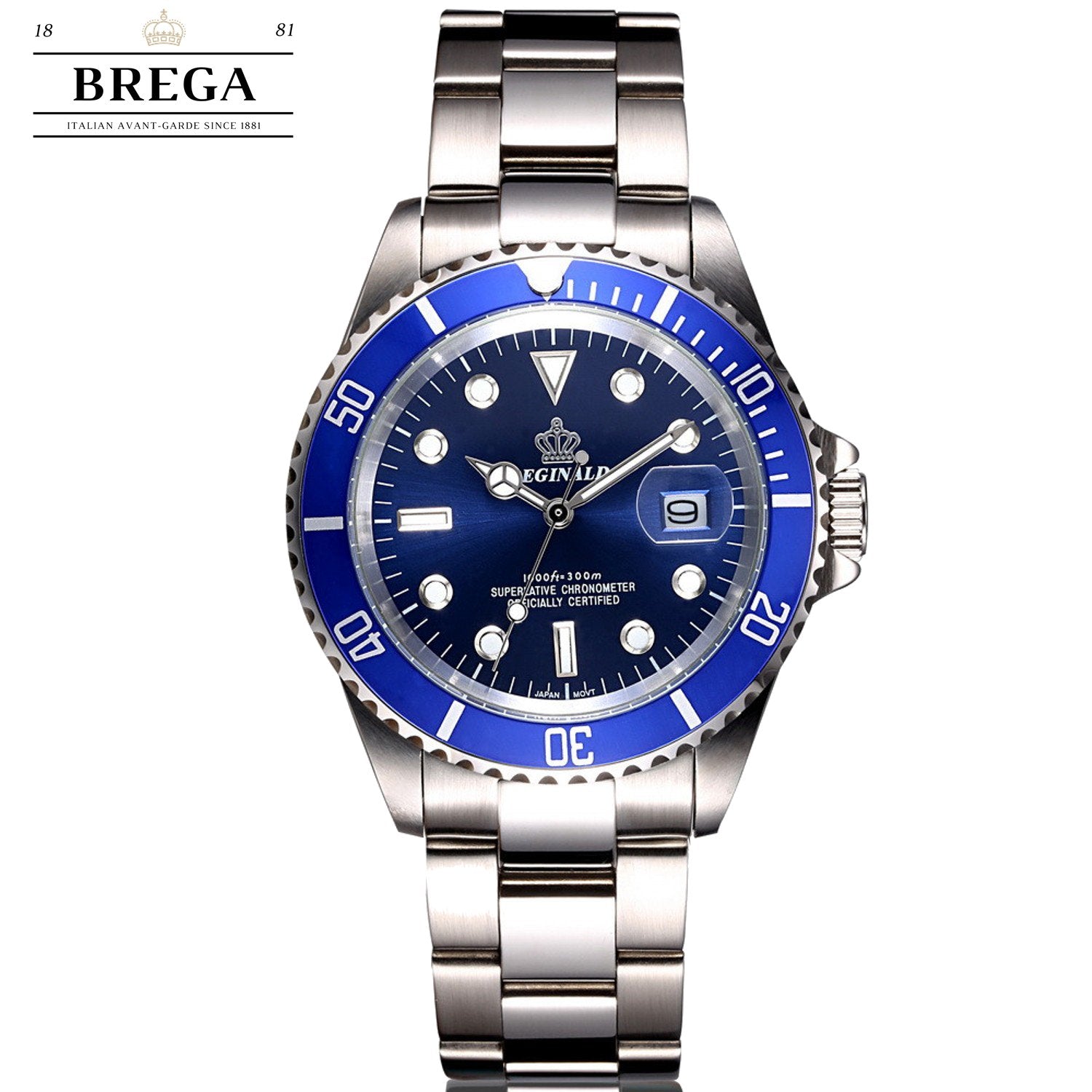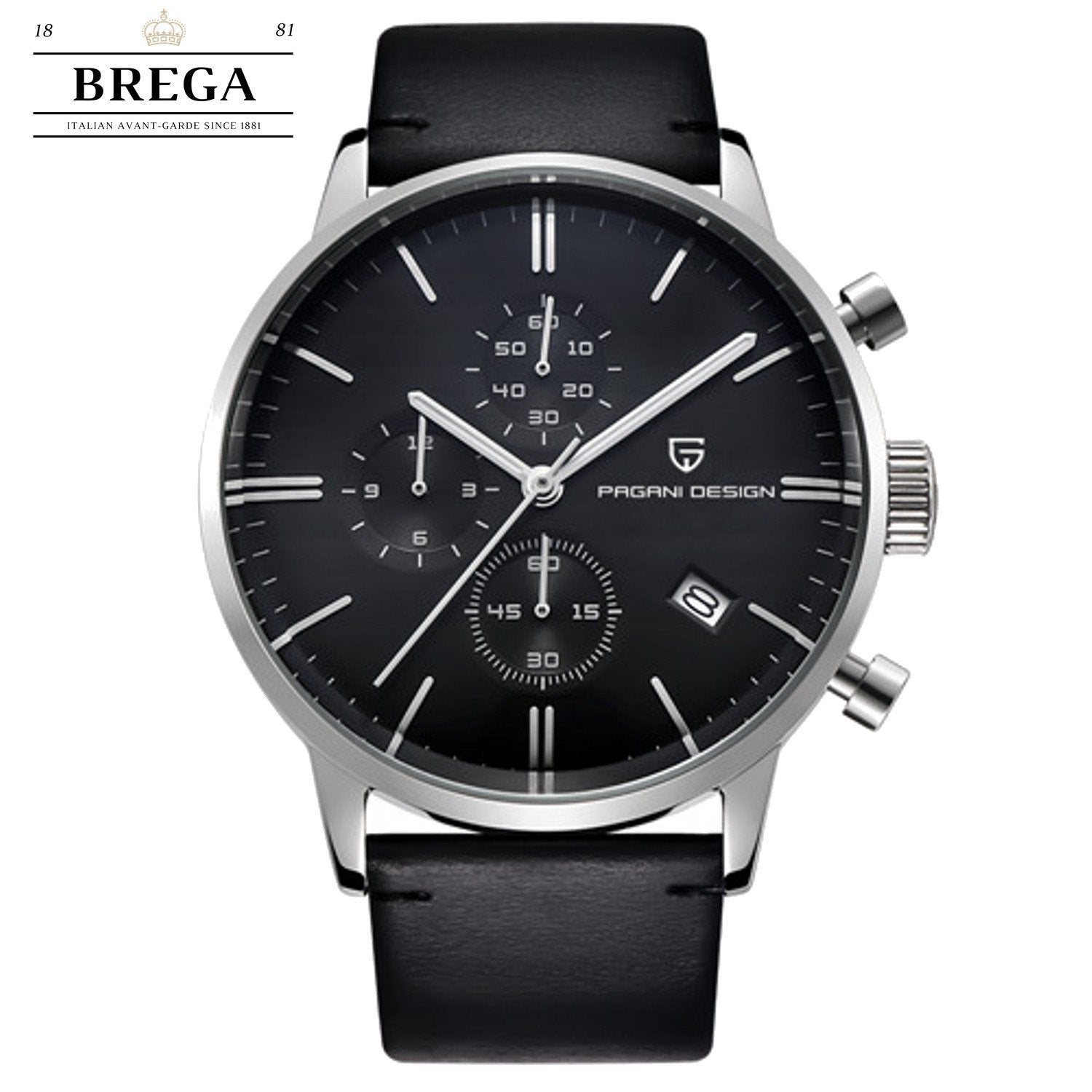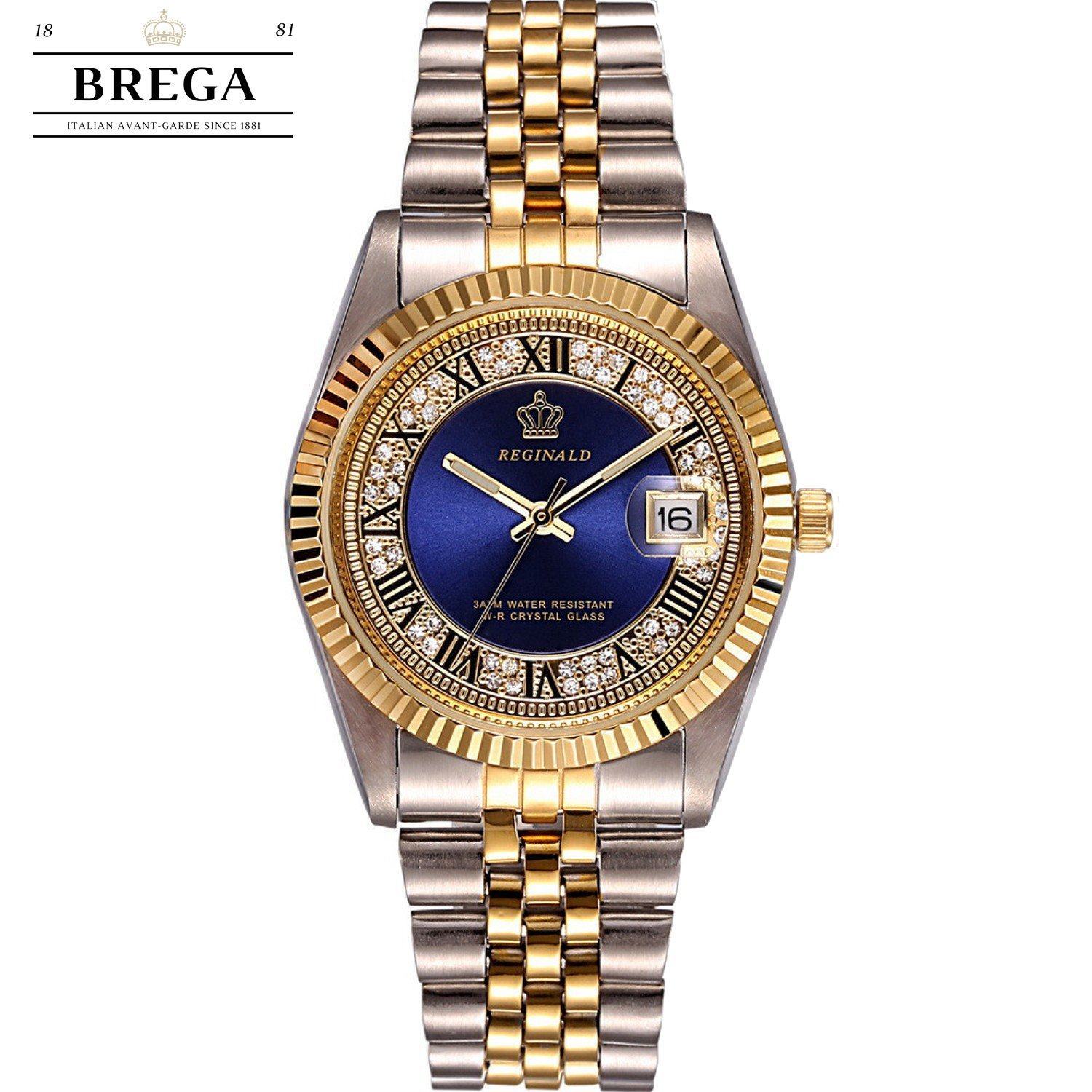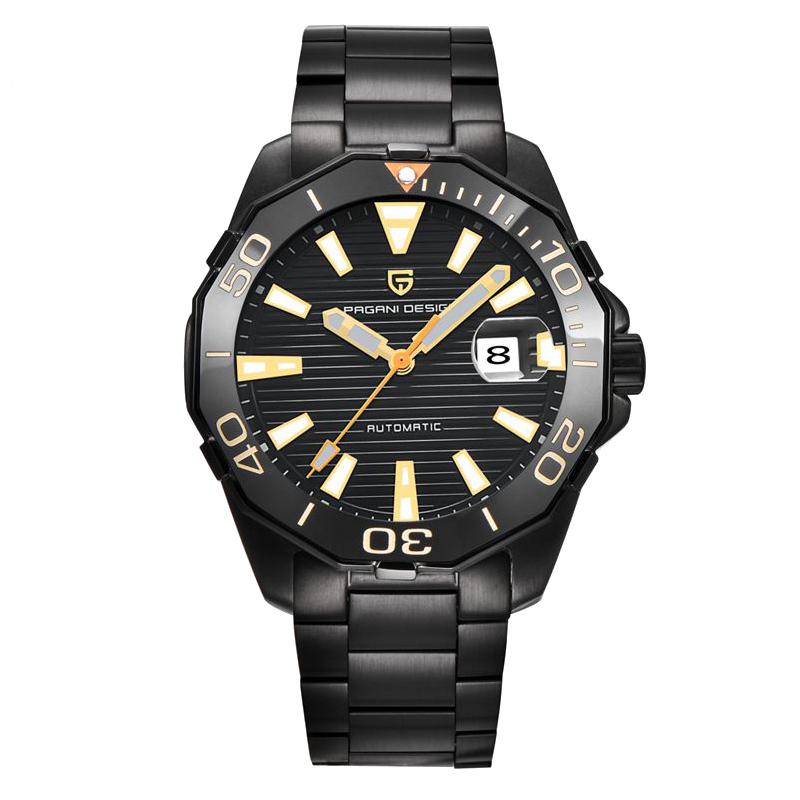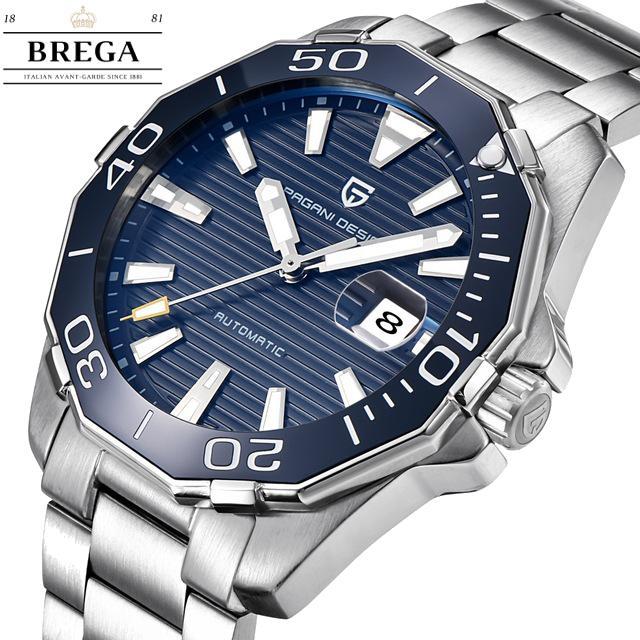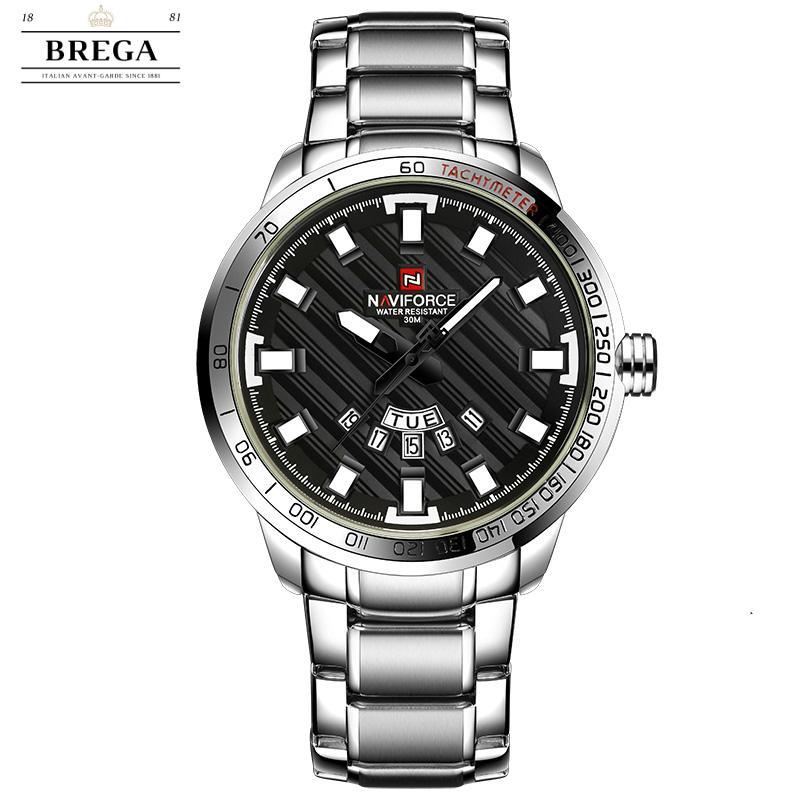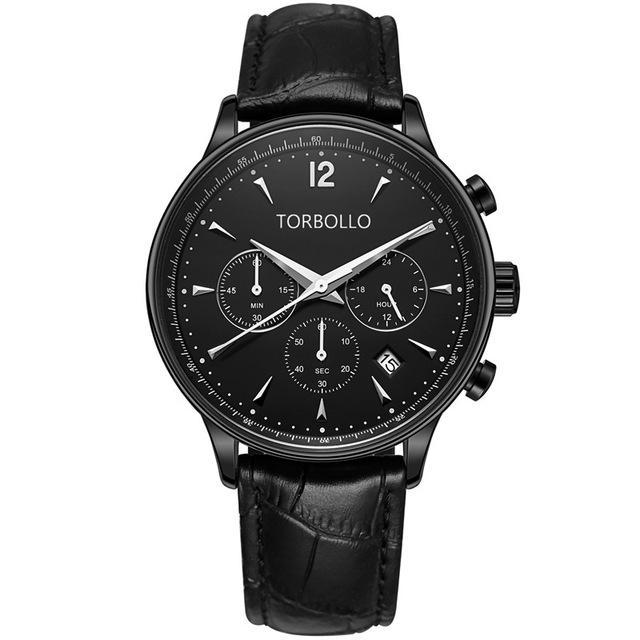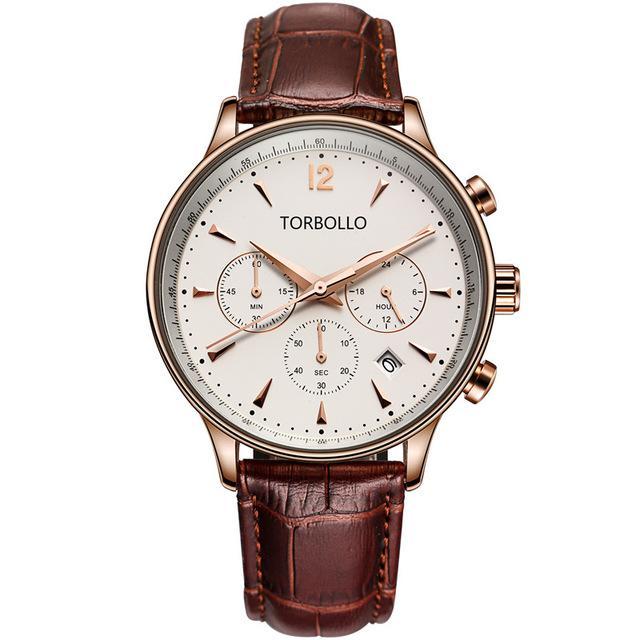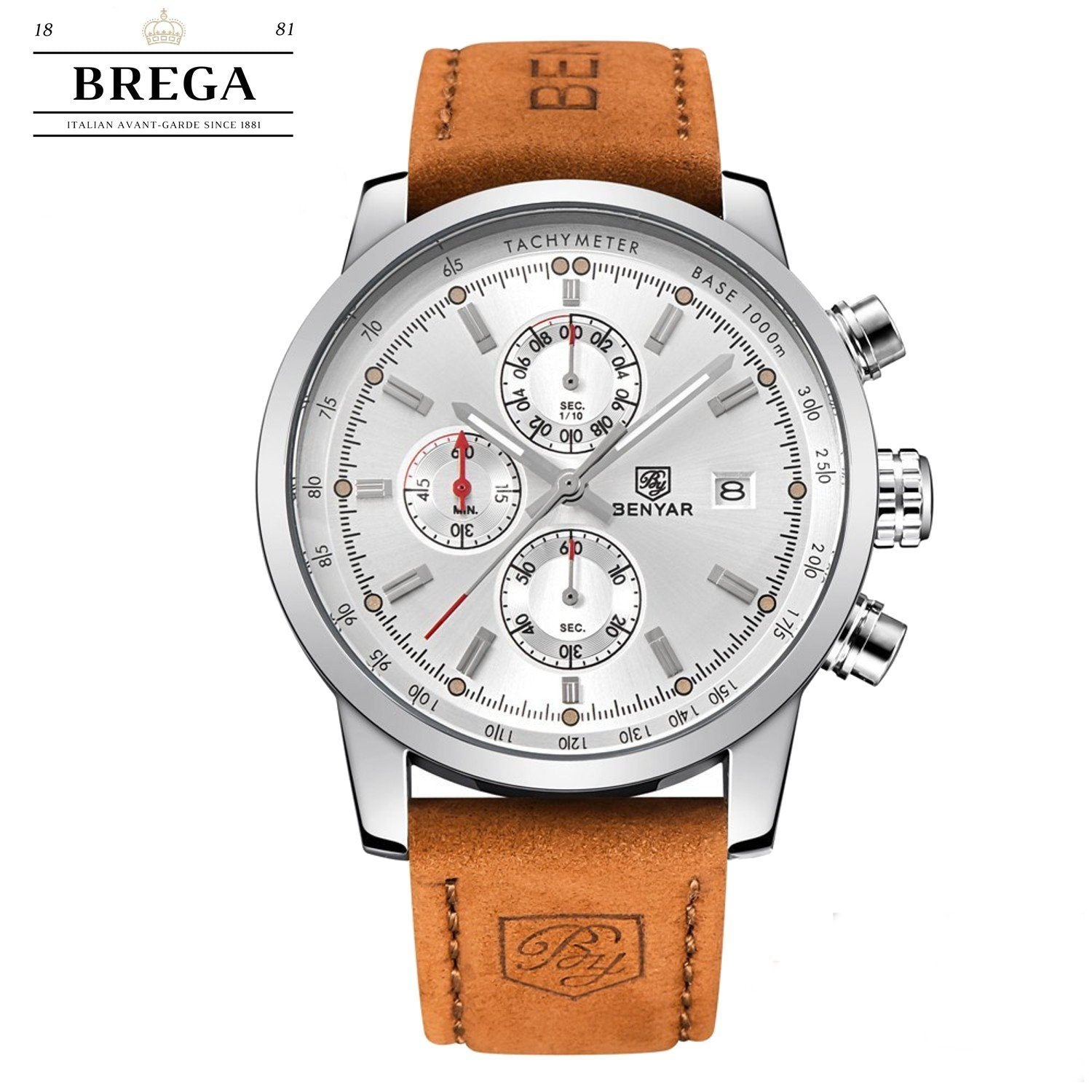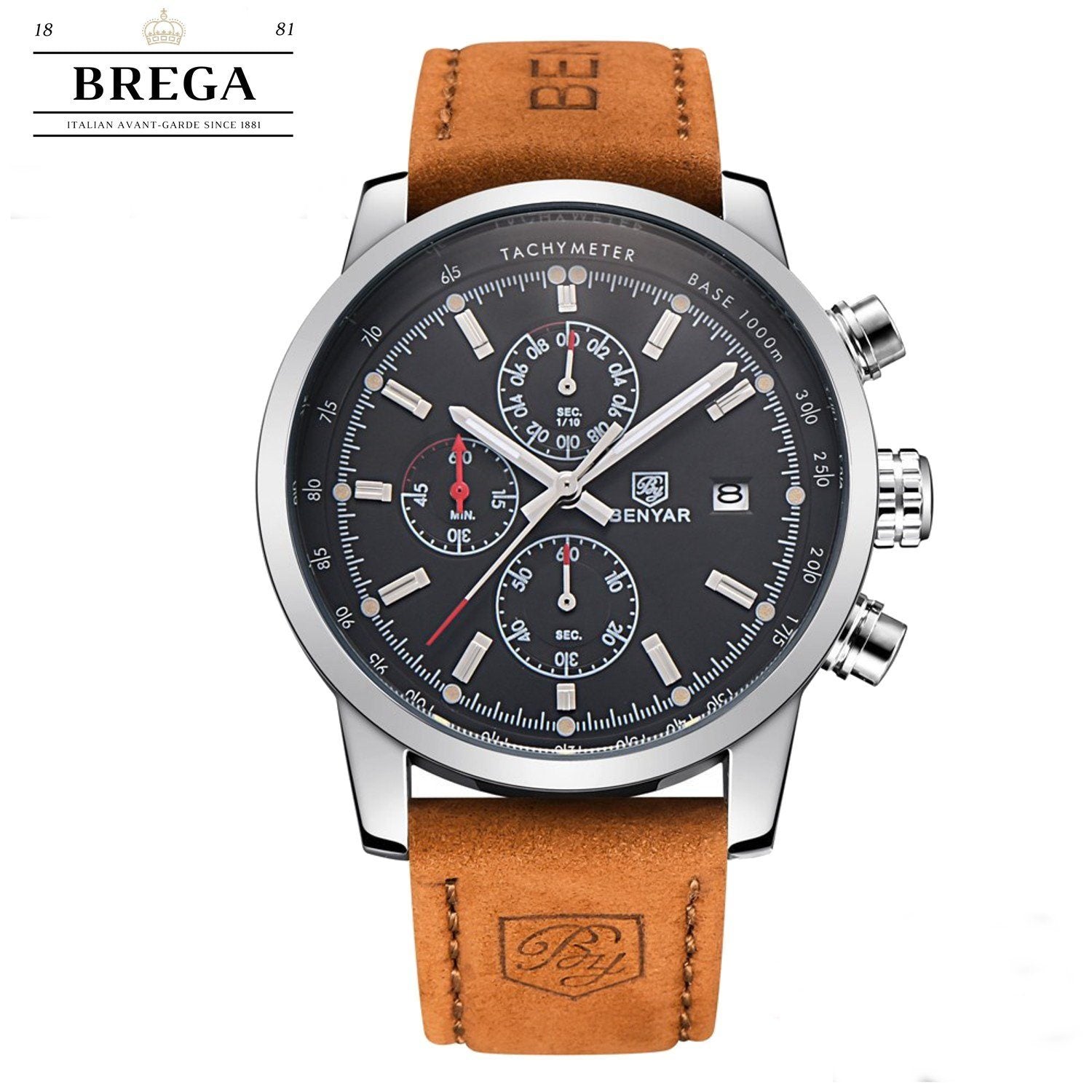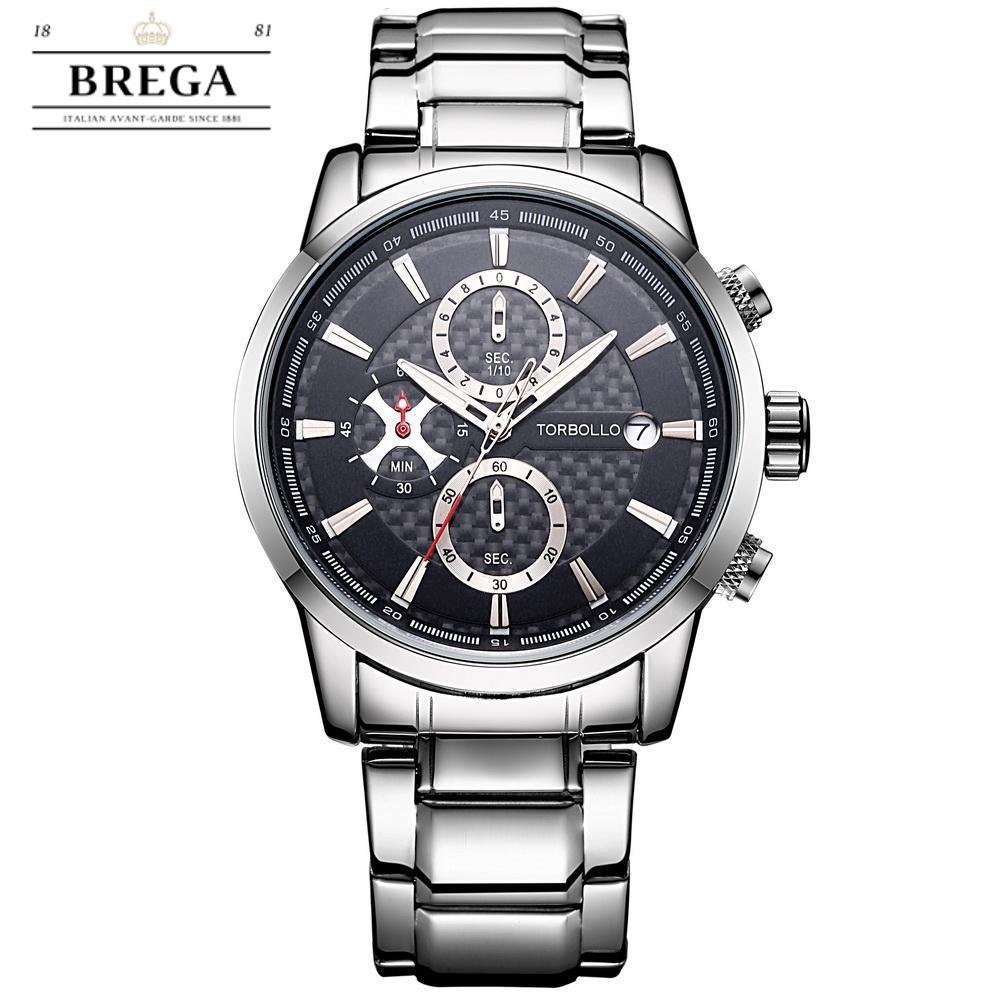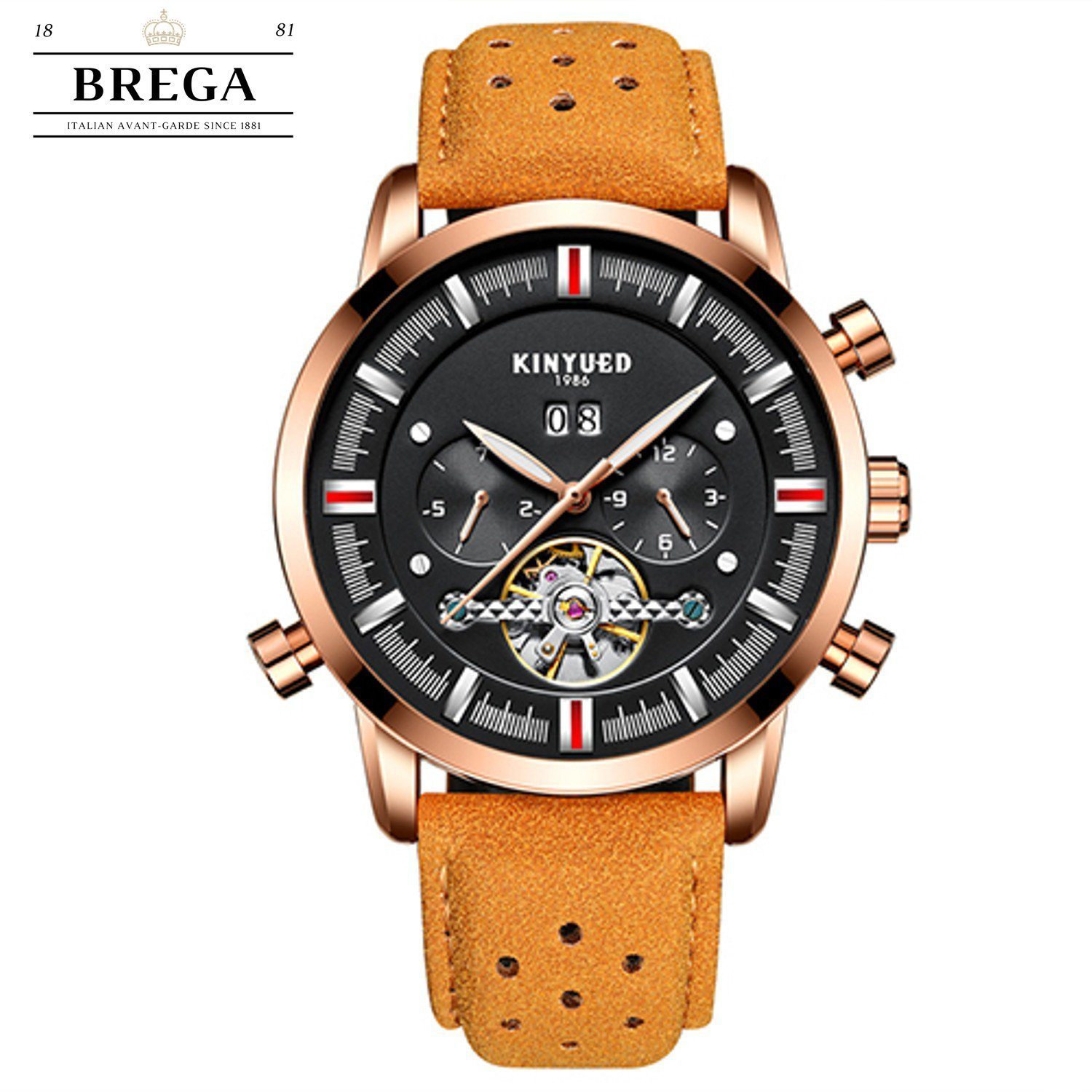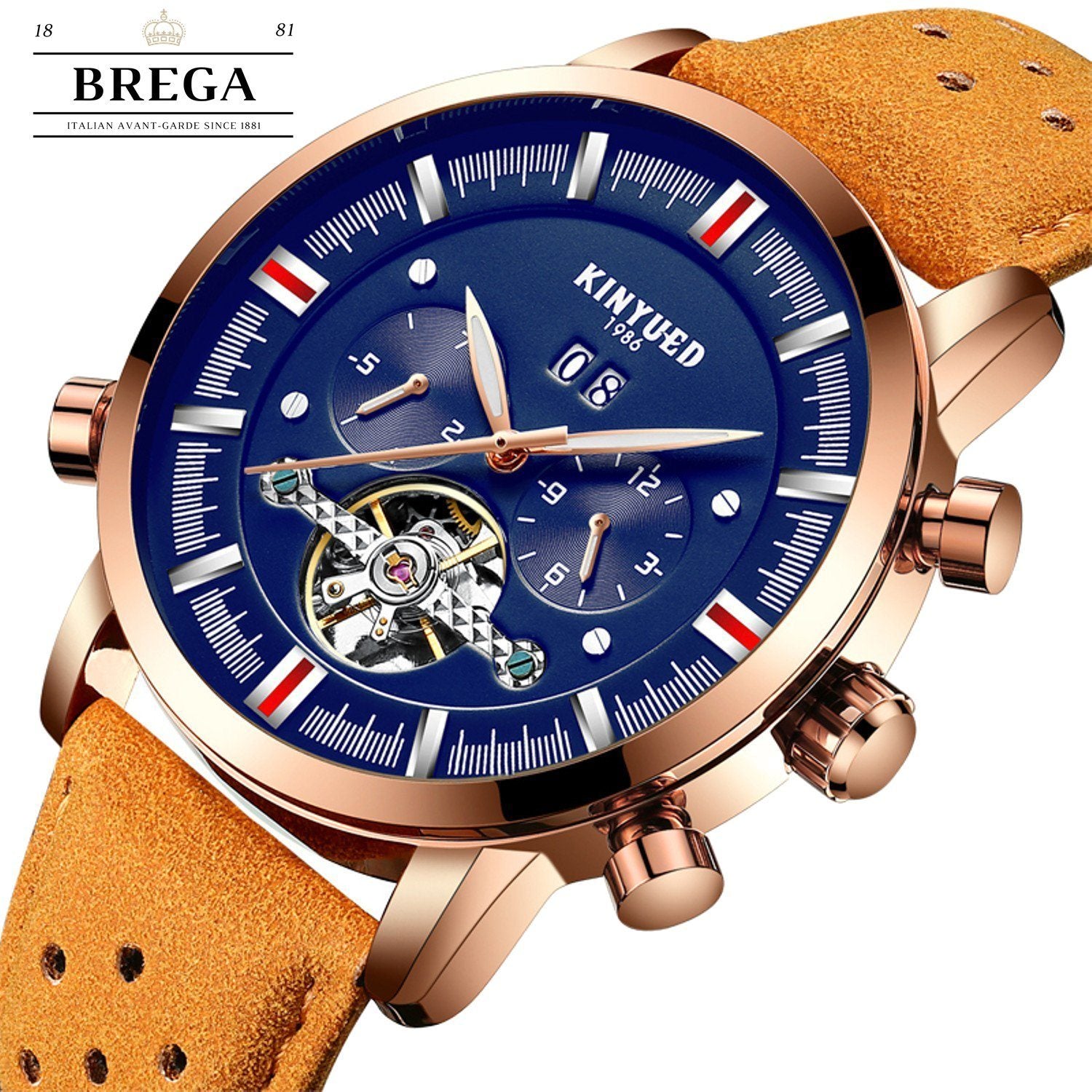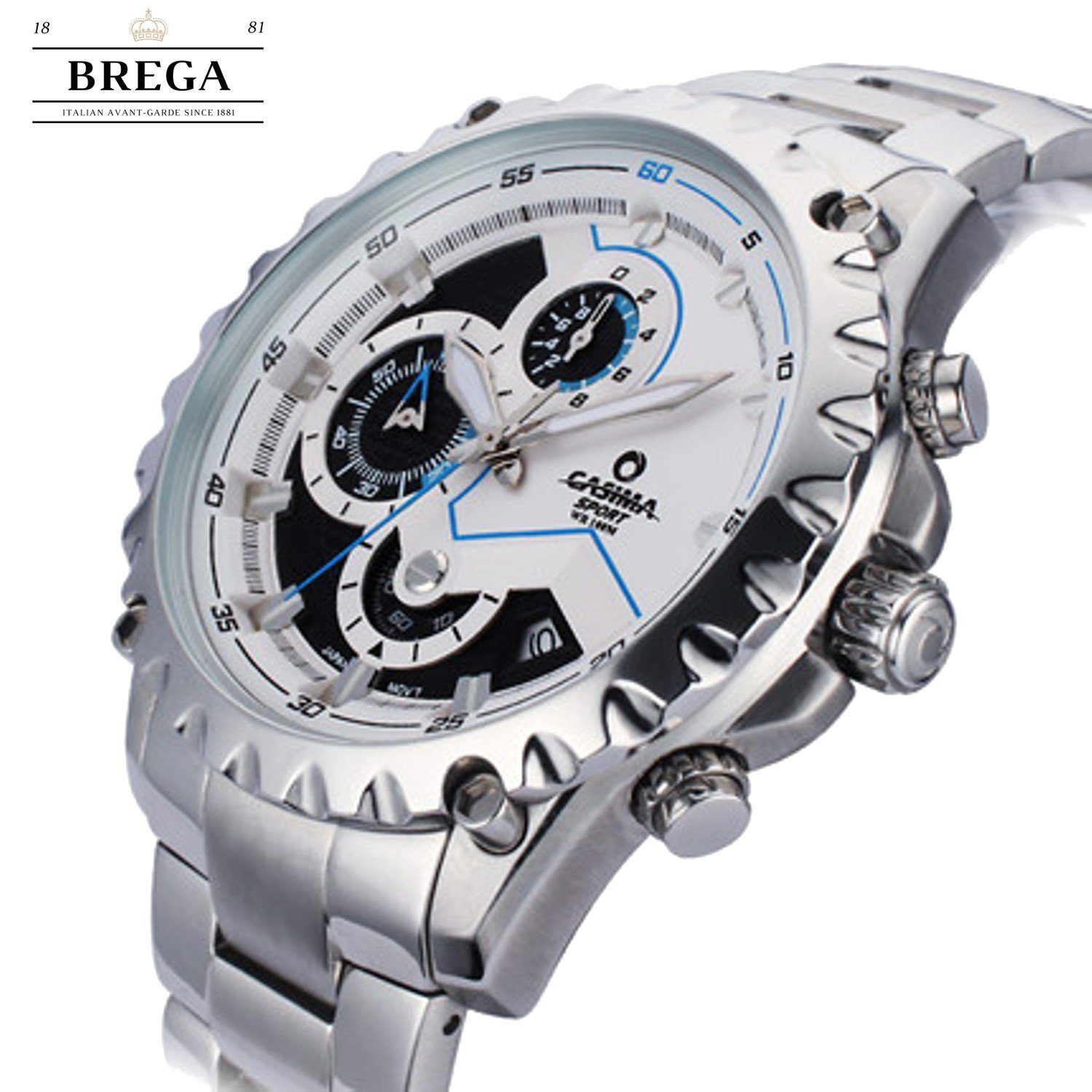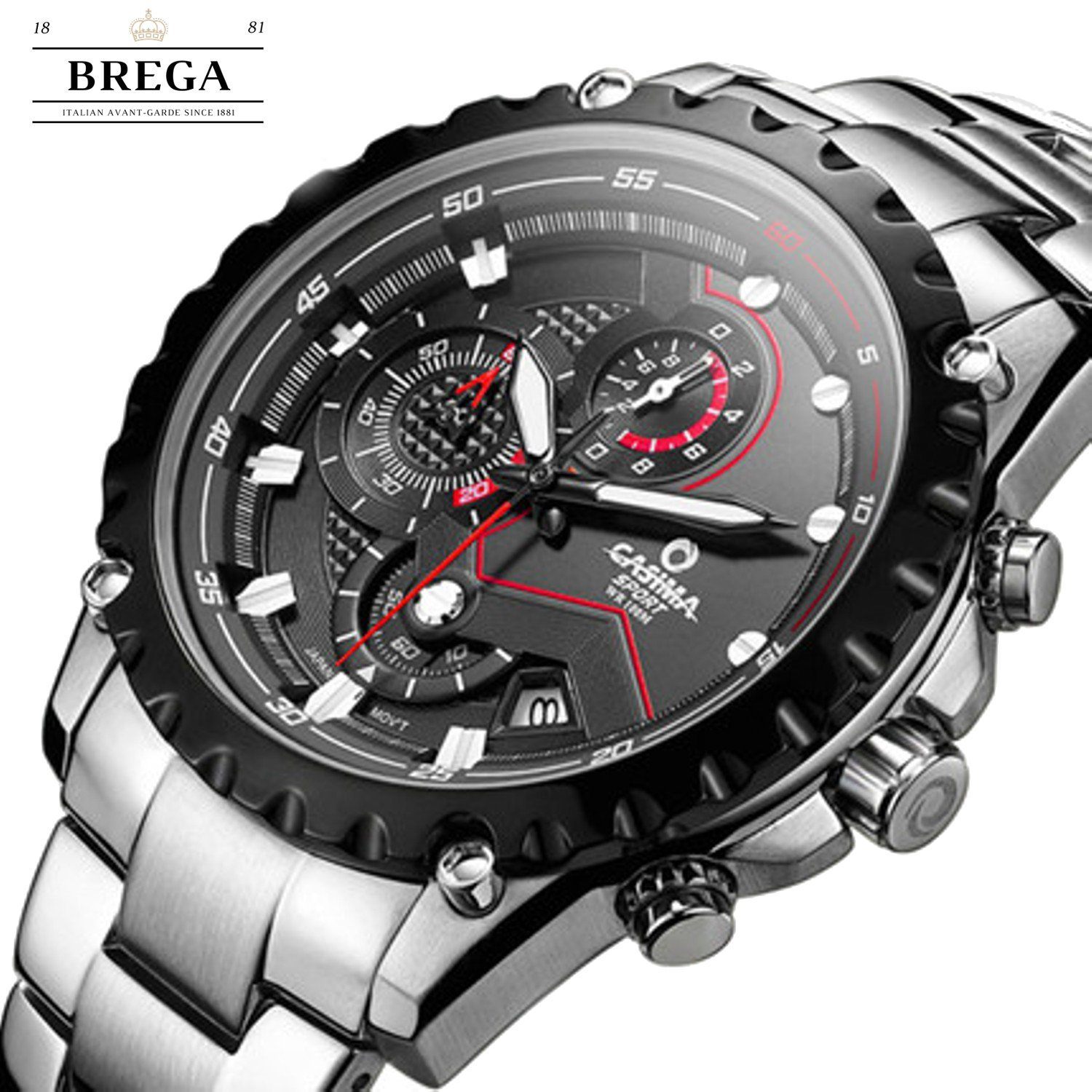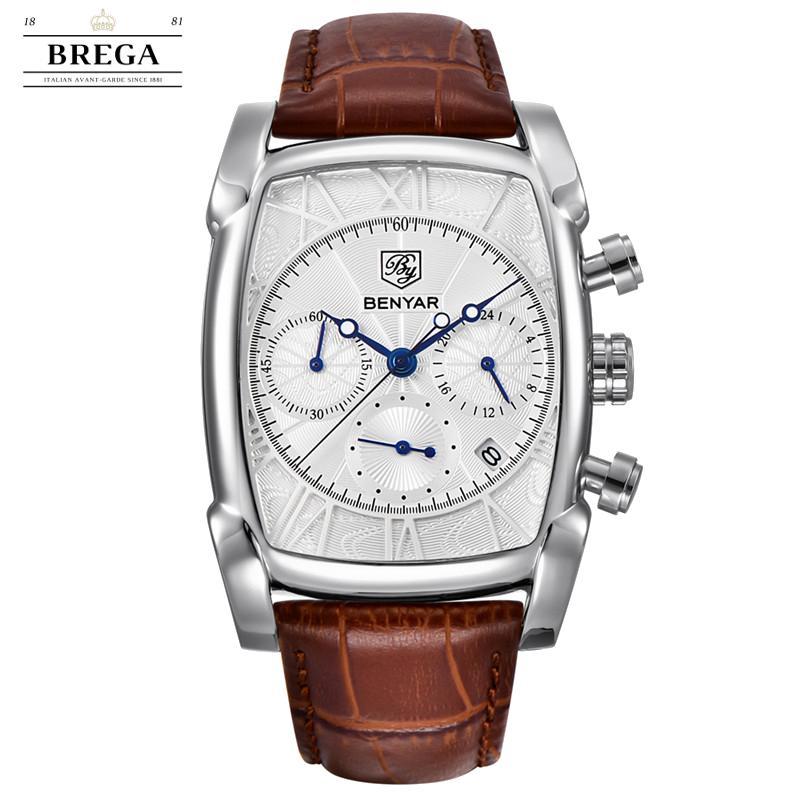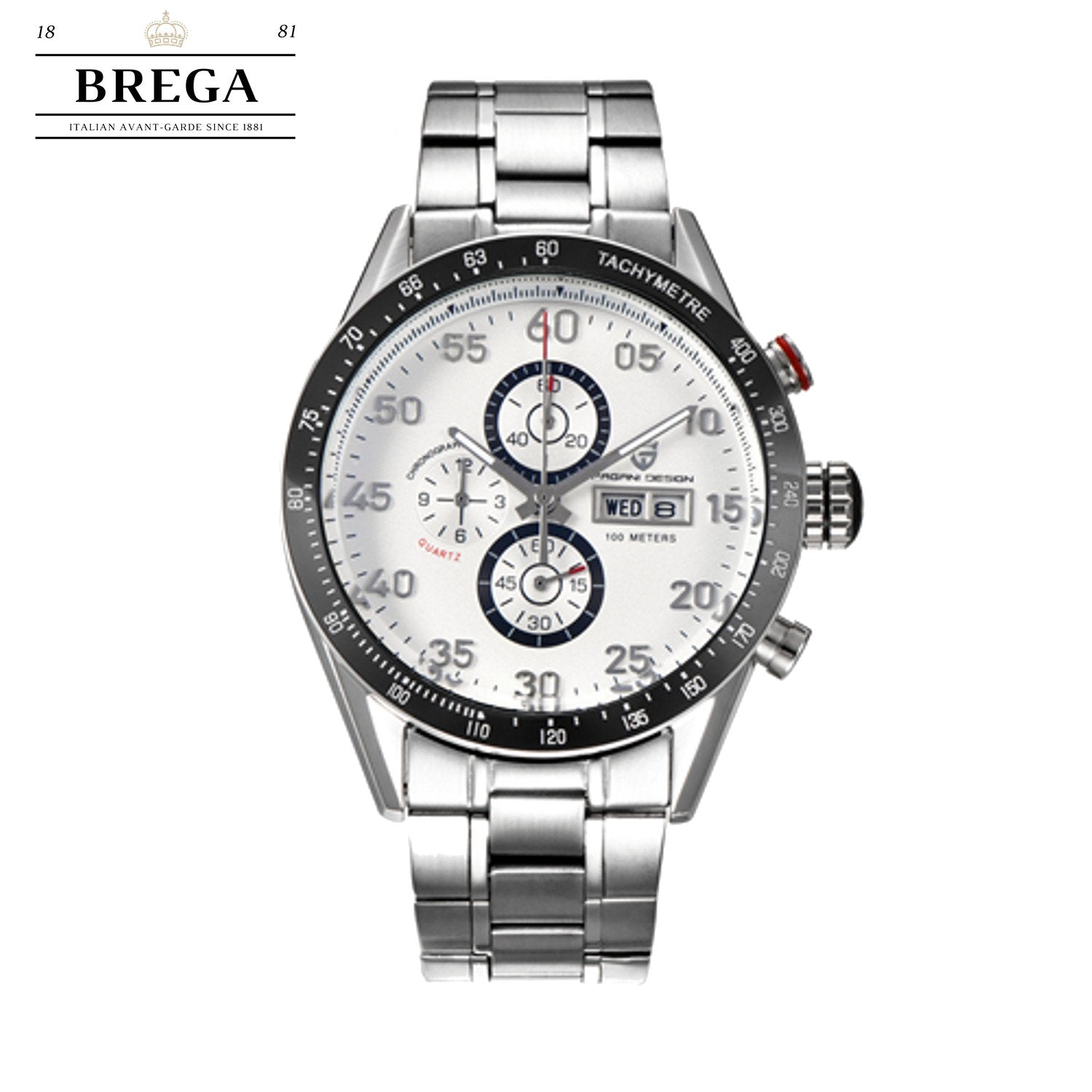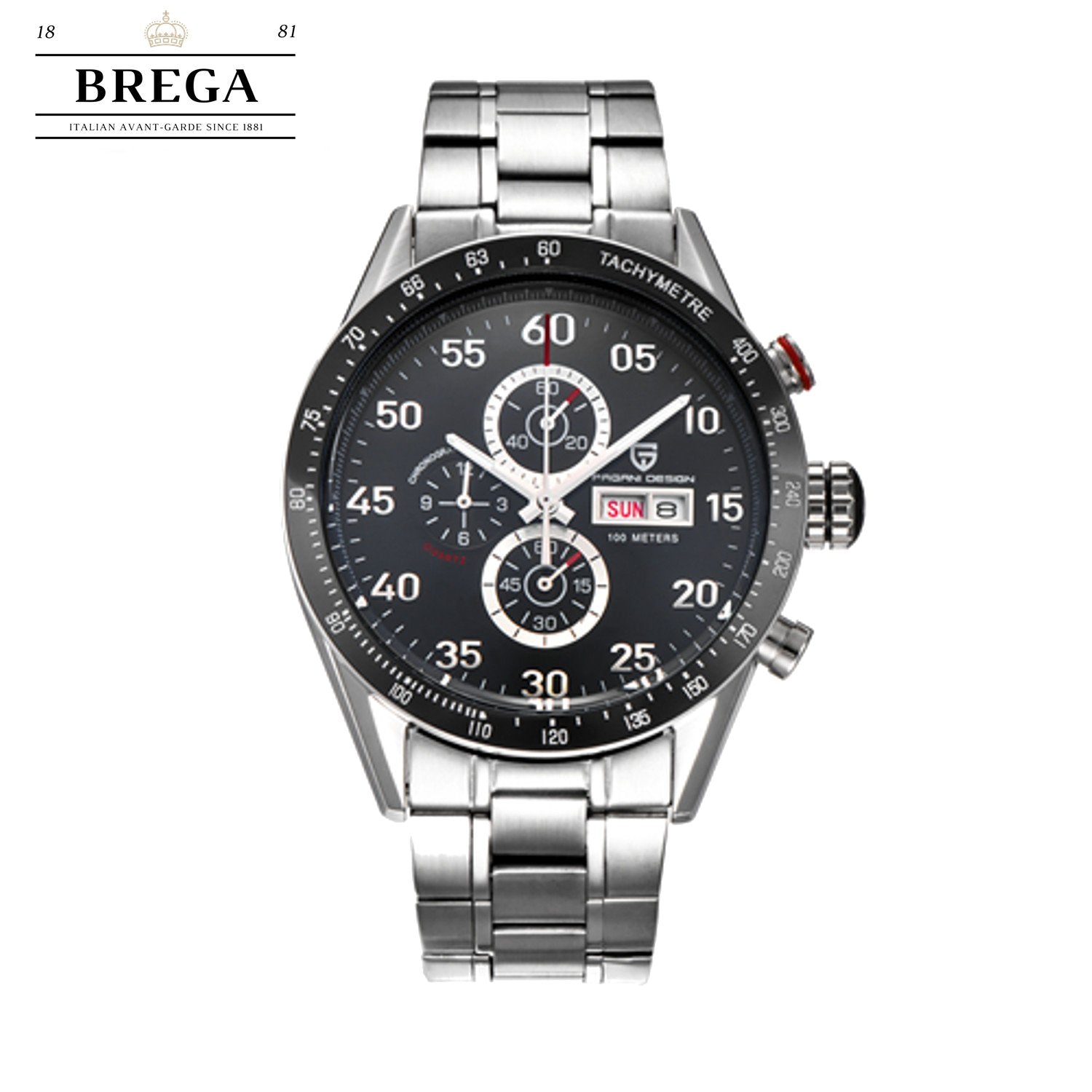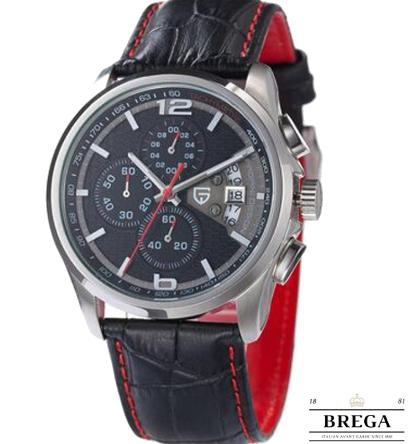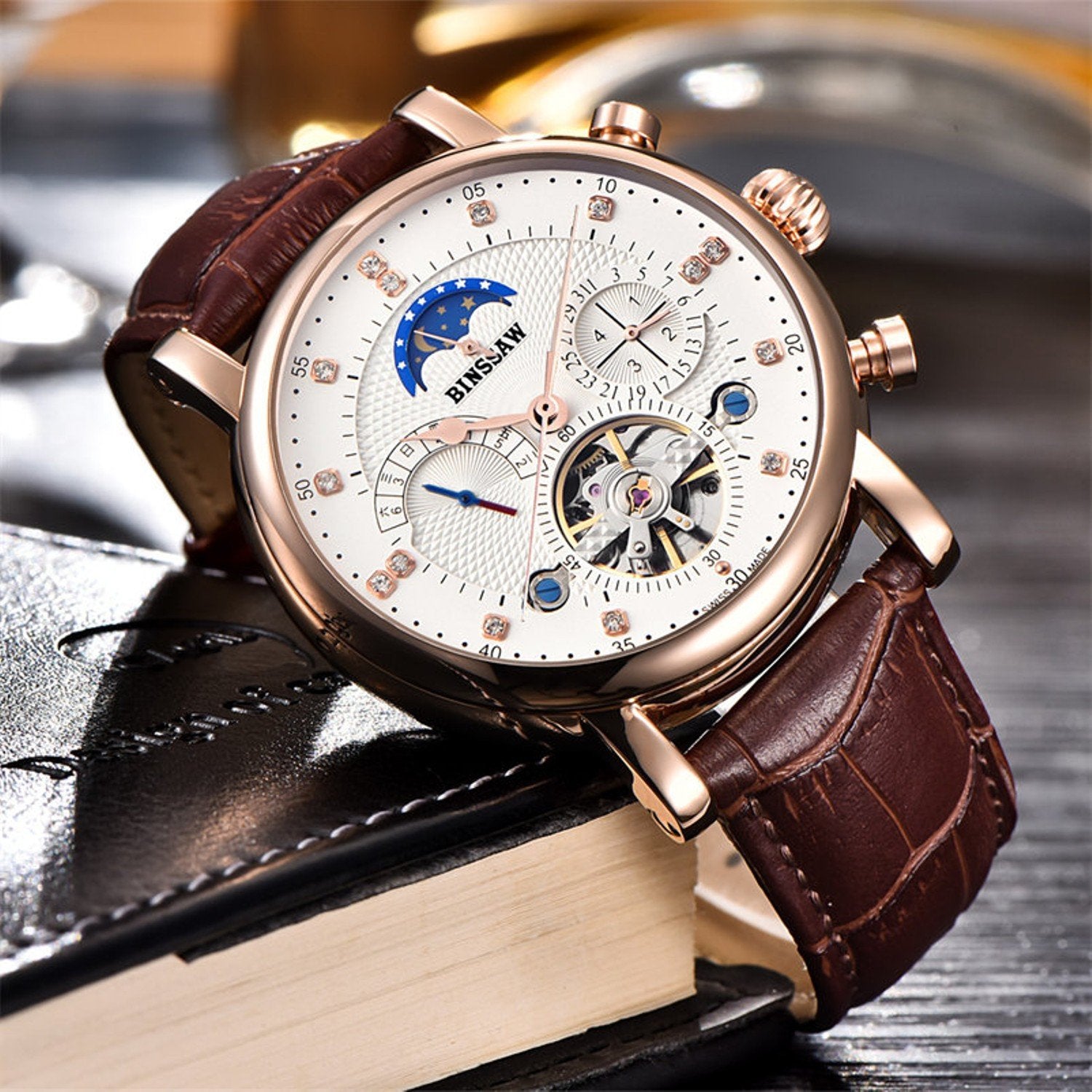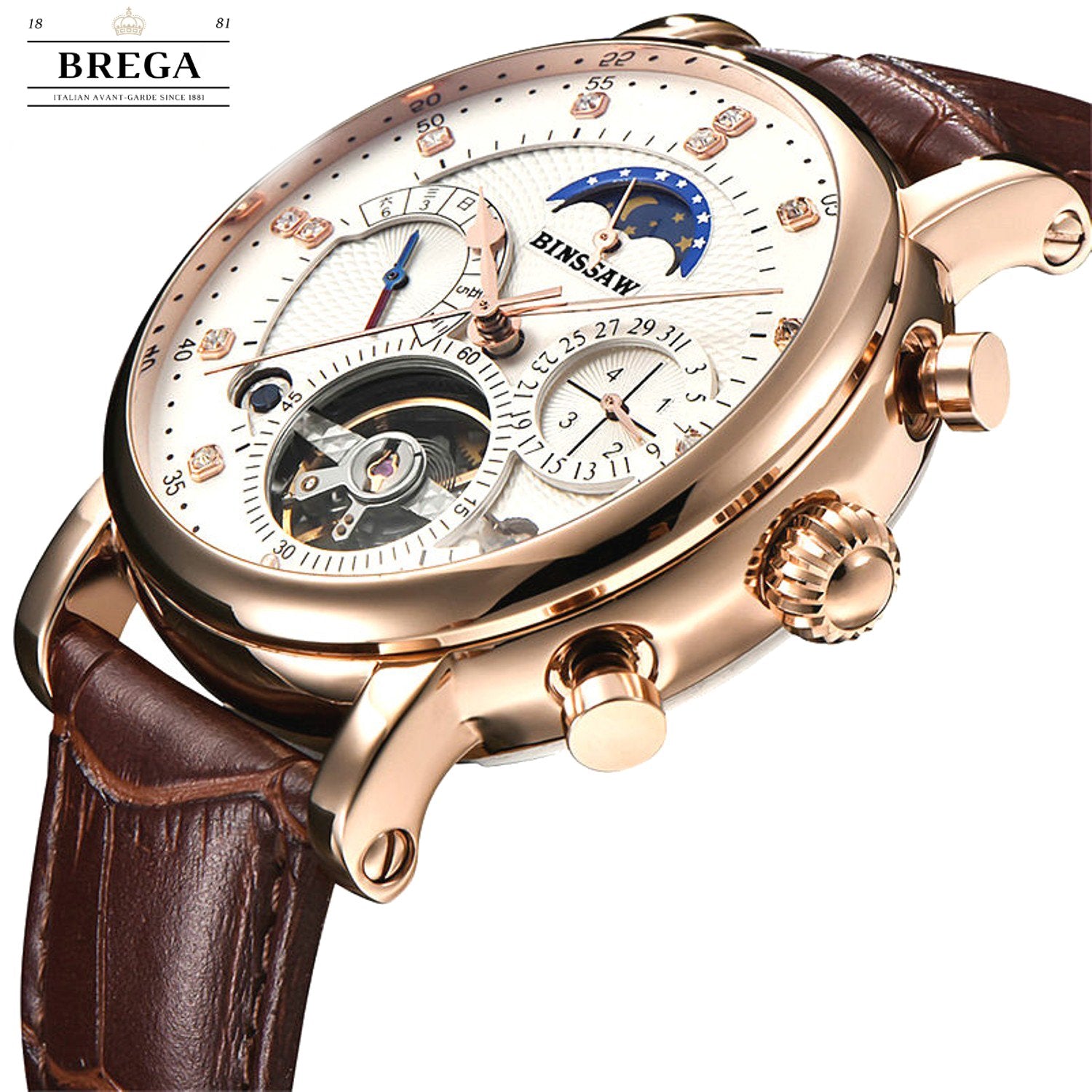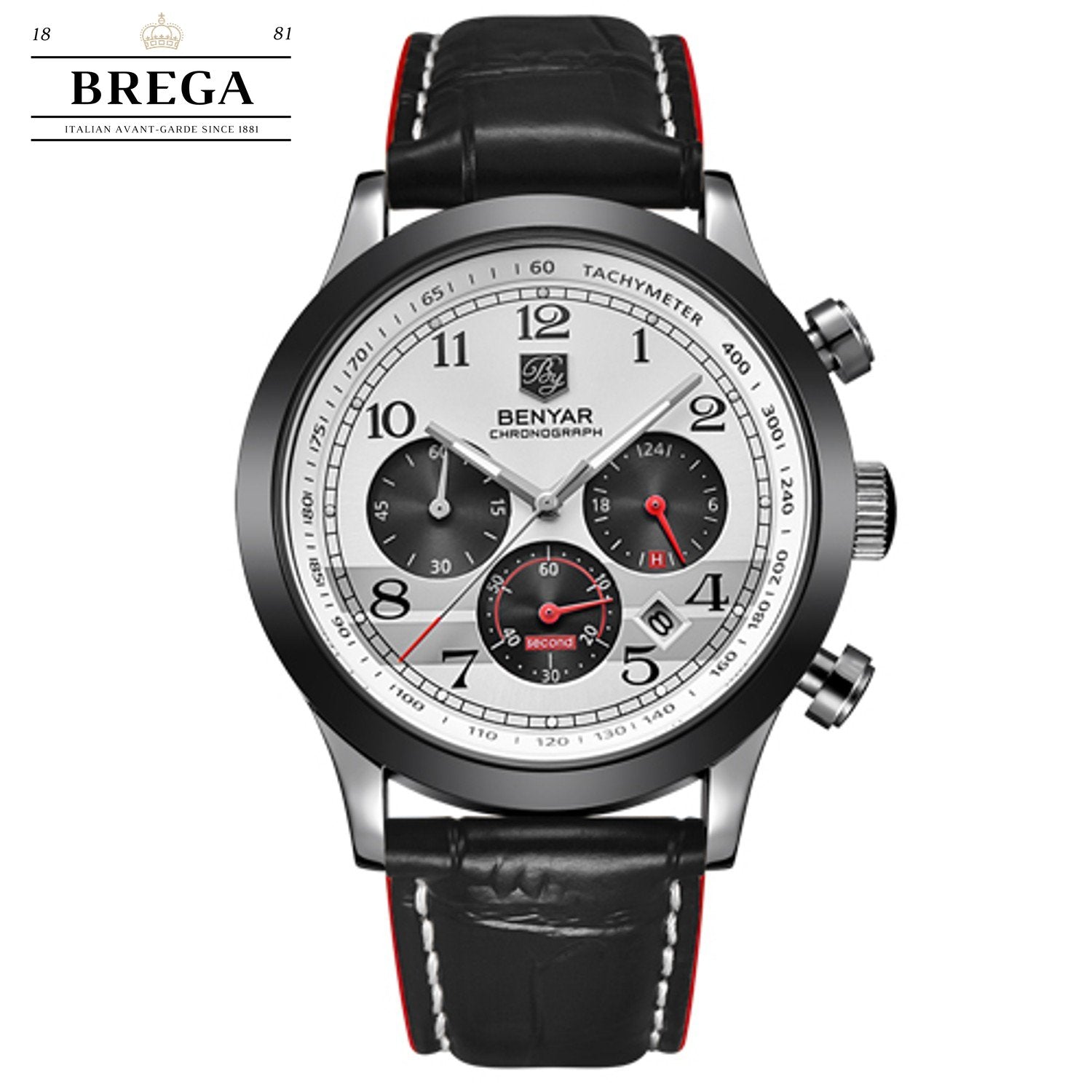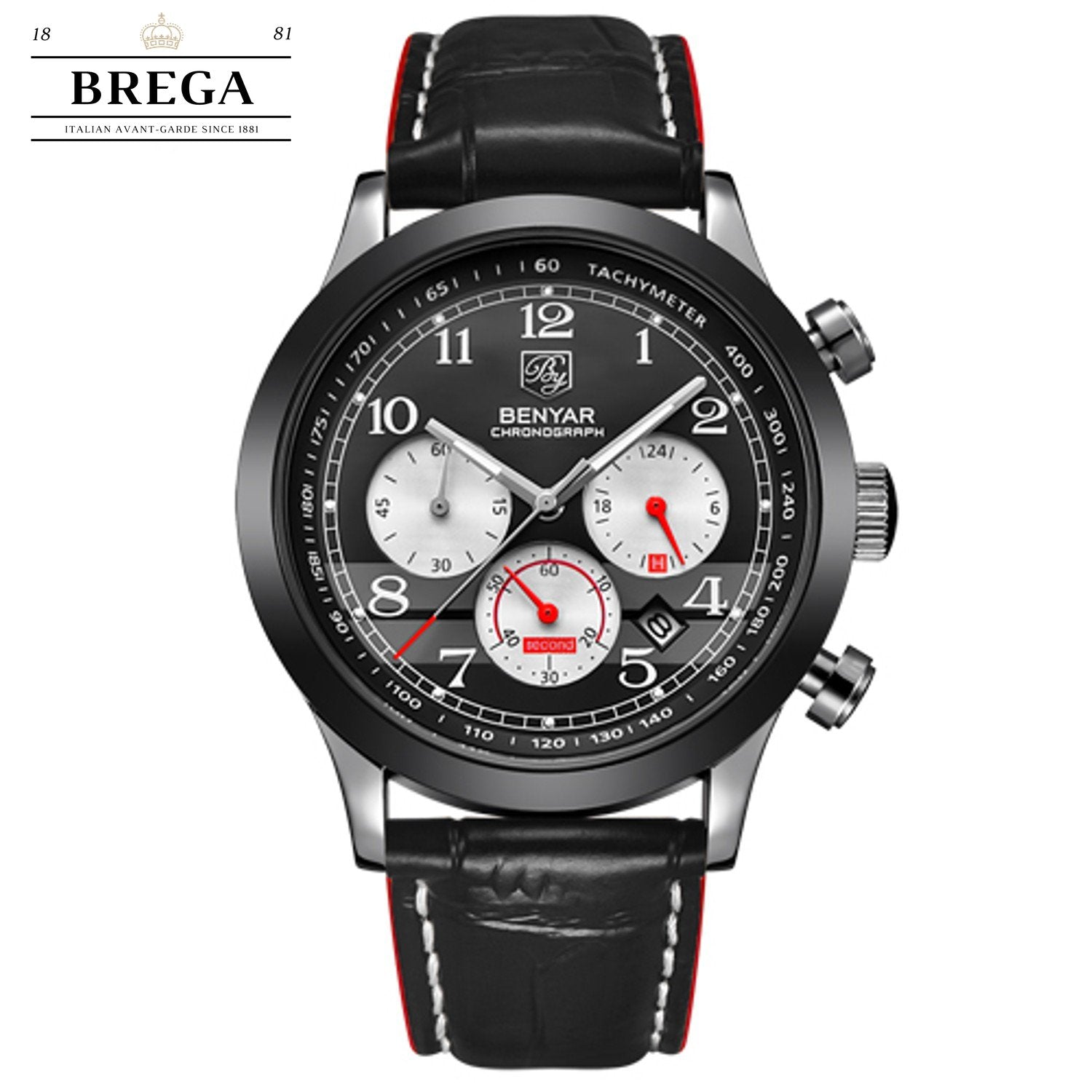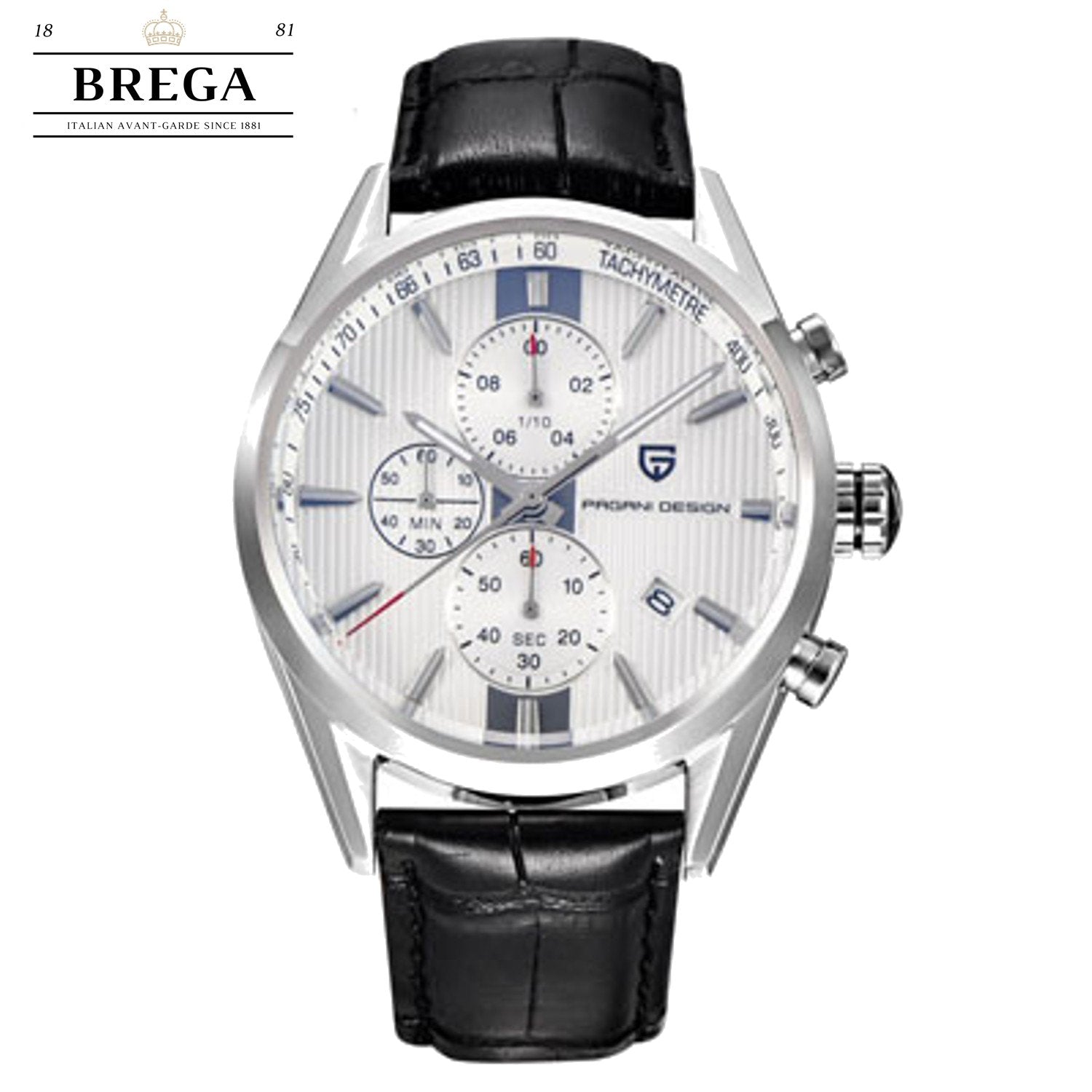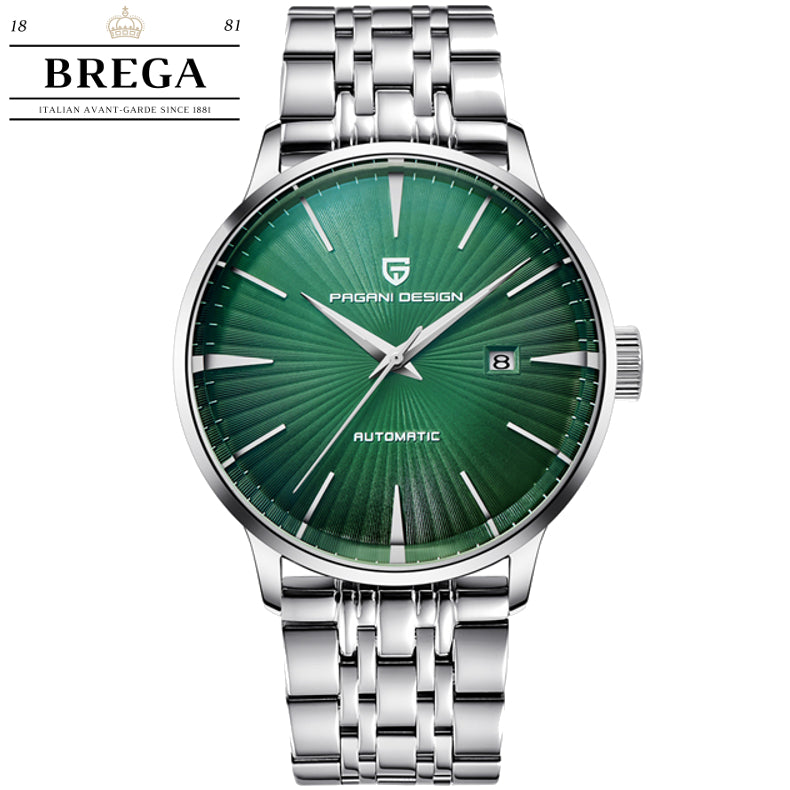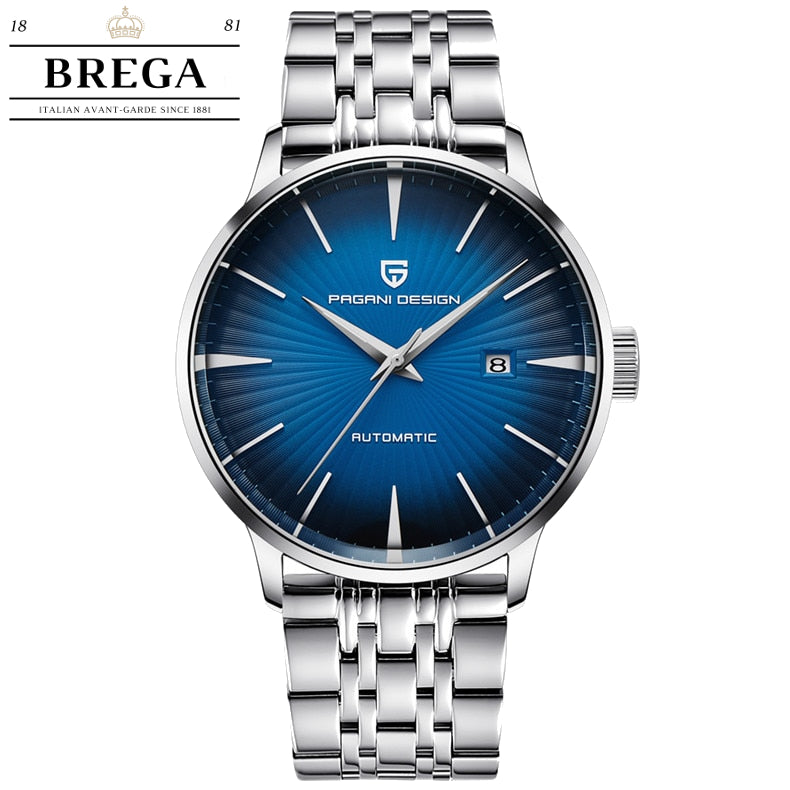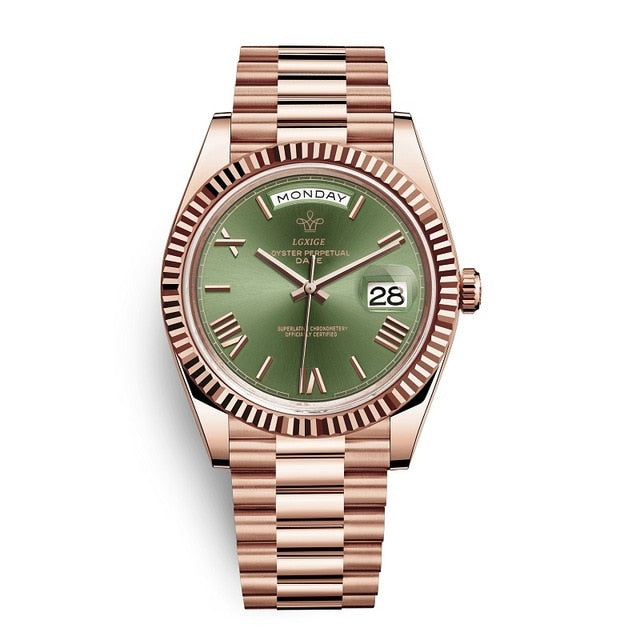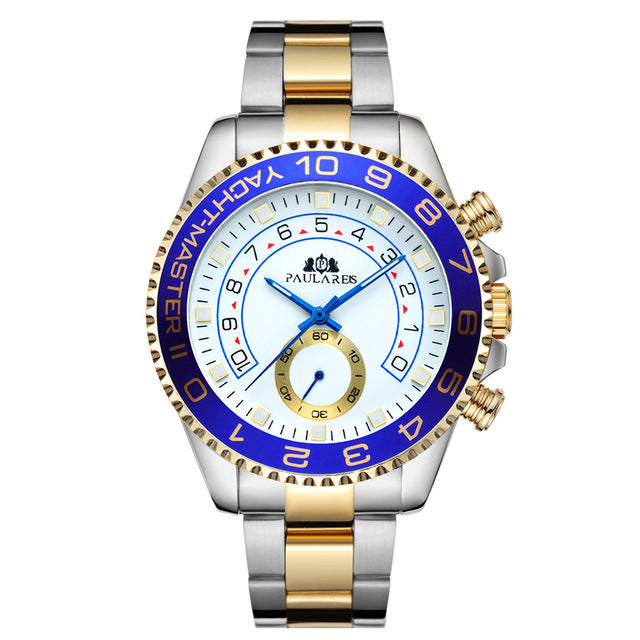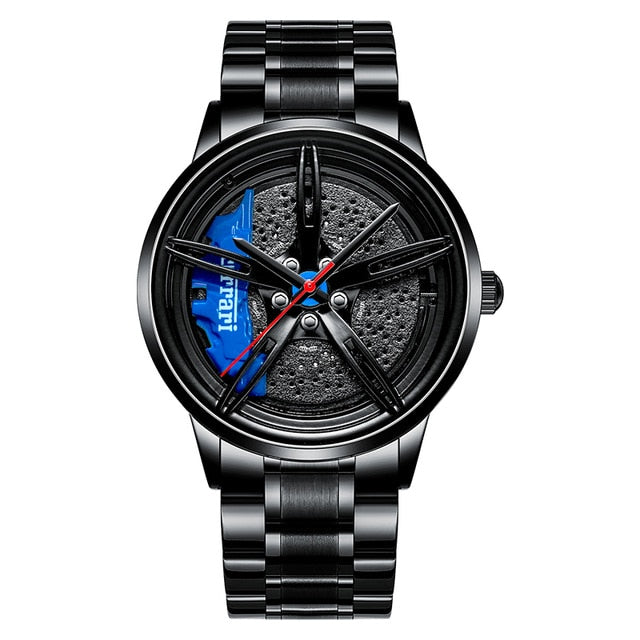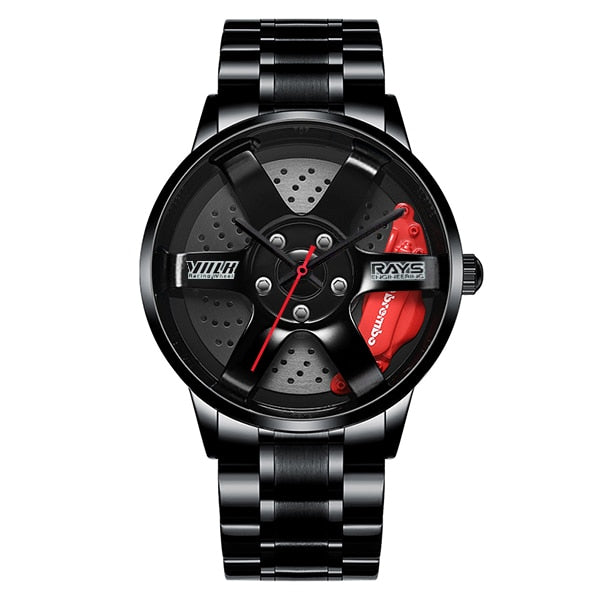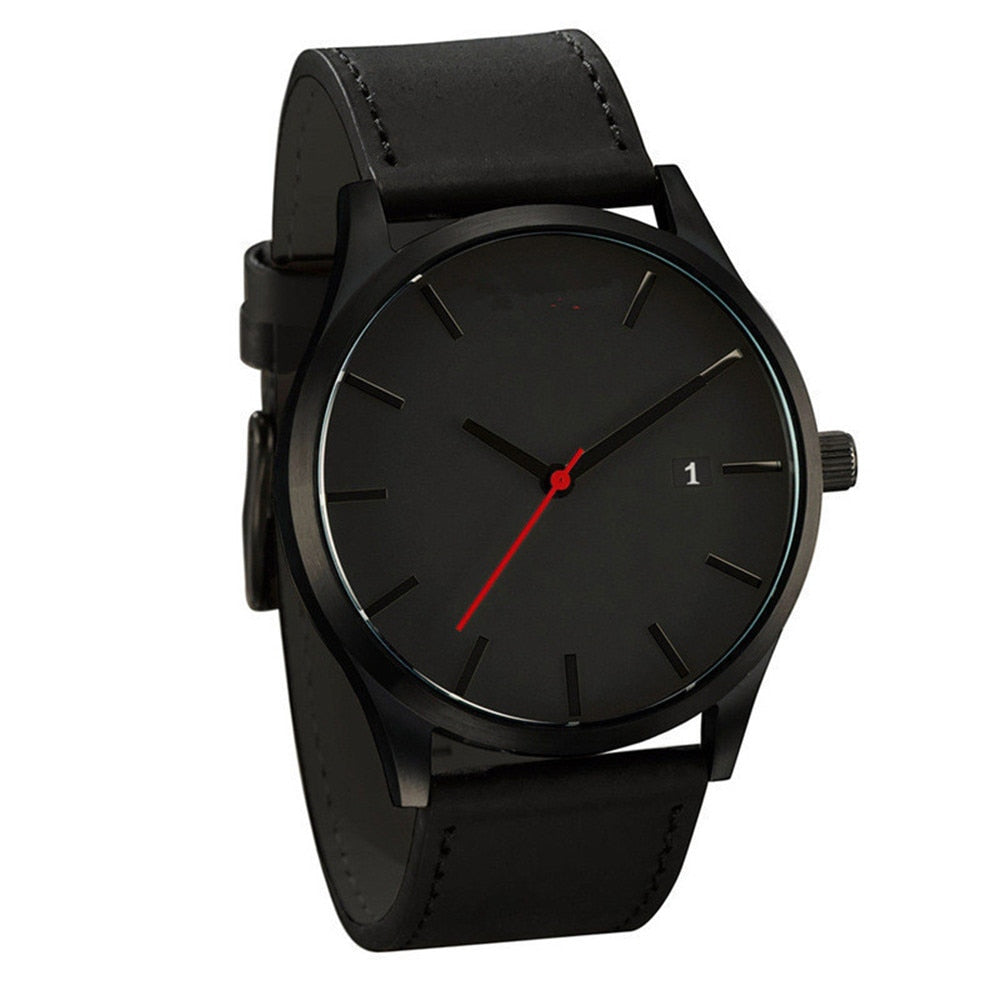
You might not have heard of watch complications before, or you might not have understood what they are. There are two definitions, and opinion is divided on which is the most accurate, true definition. For some people, complications are only displays on the face other than the hour, minute and second hands. For others, it’s anything that is outside of the usual, but doesn’t necessarily have to have an indicated display on the face. Regardless of what definition you use, there’s a wide range of complications, so here’s a handy part guide to some of the most common, and most useful.
Chronograph
A chronograph is a watch that has a stopwatch function built into it. It’s one of the most common complications. There are different types of chronograph, and each has a slightly different function.
Monopoussoir chronographs have one button. This was how all chronographs were originally, as the dual button chronograph was only introduced in 1923. A monopoussoir can measure time spans, but it can’t measure interrupted time spans. This chronograph is also known as a simple chronograph.
Retour-En-Vol chronograph is also known as a flyback chronograph. It was originally used for pilots, as they needed to be able to measure with great accuracy. It has two buttons, so that when you can press the second button while the chronograph is running, the counter will reset or flyback, and begin again zero.
Rattrapante chronograph has three buttons, and an additional second hand which allows split second accuracy of multiple events. Rattrapante is French for split second.
There are two other complications that fall into the chronograph family.
A tachymeter is found on the outside of the bezel, or around the outer part of the dial. It can be used to measure speed or distance. It has numbers that start at 60, and go up to 500. If you know the distance, and you use the chronograph for finding the time, then the tachymeter will give you the speed. If you know the distance that you need to travel, and the speed that you’re traveling at, then the tachymeter can help you reach the distance. For example, if you know that you need to be a kilometer away from your current position, and you know that you’re traveling at 80 kilometers per hour, then you will have reached your destination once the tachymeter reaches 80.
A chronometer has been certified as being extremely precise. In order to get this certification, the timepiece needs to meet certain criteria, and is examined by an official neutral body. This certification is quite difficult to achieve and part of the testing process involves testing the uncased movement at five positions, at three temperatures for fifteen days.
The chronograph complication is one of the most commonly seen complications. You can find a range of reasonably priced luxury watches here.

